Cell Assays for Immuno-Oncology R&D
June is Cancer Immunotherapy Awareness Month. Immunotherapy is a type of cancer treatment that enhances the patient’s own immune system to recognize and kill cancer cells. Several immunotherapies have been approved for use in treating cancer, such as checkpoint inhibitors, CAR-T cell therapy, and therapeutic vaccines. The development of immuno-oncology drugs requires understanding their activity such as their ability to increase T cell response and production of cytokine. In-vitro functional assays are essential to assess their efficacy, MOA, safety and toxicity, particularly for mono- or bi-specific antibodies designed to target and kill cancer cells by recruiting patient’s immune cells. Such clinically relevant assays using human cells are used @Sapien, as 2D or 3D tumour spheroids, to test drugs alone or in combination with FDA-approved drugs such as Keytruda, in lung cancer or triple negative breast cancer cells. The left side graph below shows one such patient-derived model, where cells were co-cultured with activated PBMCs, to assess combinatorial killing effect of a client’s anti-cancer drug with the PD-1 inhibitor Keytruda. The right side graph below shows the Dendritic cell-Mixed Lymphocyte Reaction (DC-MLR) assay. It is used to assess the immunomodulatory activity of drugs such as Cyclosporine A or Teriflunomide, or novel NCEs or NBEs, in PBMC-derived dendritic cells stimulated with superantigen SEB and co-cultured with PBMCs.
HRR testing including BRCA1/2 can guide therapy in Ovarian Cancer
Specific types of DNA damage, such as mismatches during replication, single- or double-strand DNA breaks, can result in the activation of specific signalling and repair cascades such as homologous recombination repair (HRR) in normal cells to repair the damage. However, deficiencies in these repair pathways result in the accumulation of DNA damage, genomic instability, and an increased risk of developing cancers, particularly breast and ovarian cancers. Hence, it is important to test for mutations in the repair genes including the well-known BRCA1, BRCA2, plus others such as RAD51C, RAD51D, PALB2, and ATM, to improve the selection of targeted therapies like PARP inhibitors namely Olaparib, Niraparib, Rucaparib, and Talazoparib. To determine the potential for PARP inhibitors in Indian ovarian cancers, we have been sequencing our 1100+ ovarian cancer resection cases using a 43-gene HRR NGS panel. We have identified several cases with BRCA mutations, as well as other HRR pathogenic/likely-pathogenic mutations in ARID1A, ATR, ATM, CDK12, CHEK2, RAD51B, FANCC, and FANCE genes. In the DNA damage response signaling pathway shown below, these genes are marked with an asterisk to indicate mutations identified in our ovarian cancer samples. These oncogenic alterations may predict response to PARP inhibitors and guide the choice of therapy to improve ovarian cancer patient lives.
Histological Distribution of Sapien’s Ovarian Cancer Cases
Ovarian cancer is comprised of various tumour groups that are histologically distinct which is important to know for their treatment. The cancer may originate in one or both ovaries, as well as in the nearby fallopian tubes or peritoneum. Diverse types of ovarian cancers are categorized based on the originating cell’s name. Epithelial ovarian carcinomas, known as cancerous epithelial tumours, are the most prevalent among ovarian cancers. The American Cancer Society states that approximately 85 to 90 percent of ovarian cancers originate from epithelial cells that encase the outer surface of the ovary. Sapien ovarian cancer data of 1445 cases also shows that 95% of cases constitute epithelial tumours while only 5% are non-epithelial tumours such as germ cell and stromal tumours. Among epithelial tumours, 55% are identified as serous, followed by endometroid, adeno, mucinous, and clear cell carcinomas. In contrast, 64% of non-epithelial tumours are germ cell tumors and 36% are stromal tumors.
BRCA1/2 testing can guide therapy in Ovarian Cancer
Homologous recombination repair (#HRR) pathway repairs double-strand DNA breaks, and its deficiency leads to Homologous recombination deficiency (#HRD), resulting in genomic instability and contributing to cancer. HRD mutations, including #BRCA1 or #BRCA2 mutations are important actionable biomarkers in #Ovariancancer, that are sensitive to #PARP inhibitors that block the repair of #DNAdamage, such as #olaparib, #rucaparib, and #niraparib. Patients with mutations in BRCA1/2 account for ~15% (range 7%–21%) of ovarian cancers. Several phase-III double blind, randomized trials have shown that patients with advanced ovarian cancer carrying BRCA1/2 mutations have better progression-free survival (PFS) with PARP inhibitors compared to placebo (SOLO-1 trial Olaparib, PAOLA-1 trial Olaparib + Bevacizumab, PRIMA trial Niraparib) We sequenced 89 of our 1100+ Ovarian cancer resection cases using a 43-gene HRR #NGS panel, which identified several mutations in genes involved in HR pathway, such as TP53, BRCA1, ARID1A, BRCA2, PTEN, ATR and ATM. We identified pathogenic/likely pathogenic BRCA1/2 #missense and #truncated mutations (see figure below) that result in the loss of BRCA1/2 tumor suppressor function. These oncogenic alterations may predict response to PARP inhibitors and guide choice of therapy.
Today is World Ovarian Cancer Day
World Ovarian Cancer Day is observed on May 8th each year, to raise awareness about Ovarian Cancer, its symptoms, risk factors, and the importance of early detection and personalized treatment. Ovarian cancer is one of the most common gynecological cancers that ranks third after cervical and uterine cancer with high incidence in Asian women (9.2 per 100,000), with poor prognosis and high mortality rate. In our biobank, we observe most ovarian cancer cases are detected at a young age with a median age of only 53 years, and in most cases cancer had already advanced and spread to both ovaries, bilateral cancer. If they had been detected earlier, they could have been cured as the cure rate for ovarian cancer is greater than 80% if detected at early stage. Epidemiology of ovarian cancer, June 2020
Assessment of DLL3 and CD3 Expression in Pediatric Tumor FFPE Samples for Potential DLL3-Targeted Immunotherapy
Delta-like ligand 3 (DLL3), a Notch inhibitory ligand, is a promising therapeutic target that is upregulated in Small Cell Lung Cancers (SCLC) and Neuroendocrine carcinomas but is not detectable in normal adult tissues. Various DLL3-specific therapies are under clinical development, including ADC rovalpituzumab tesirine (#Abbvie), bispecific TCE molecule AMG 757 (#Amgen), and CAR-T therapy AMG 119 (#Amgen), for the treatment of SCLC and neuroendocrine carcinomas. We evaluated DLL3 expression in several tumor types, along with CD3, a marker for T-cell infiltration in tumors, to assess their potential for DLL3-targeted immunotherapeutic agents. DLL3 showed positive staining in neuroblastoma and pediatric tumors, such as Ewing’s sarcoma, osteosarcoma, rhabdoid tumors, Hodgkin’s lymphoma, rhabdomyosarcoma, acute myeloid leukemia (AML), and acute lymphoblastic leukemia (ALL).
Timeline of Precision Medicine in Breast cancer
The timeline of breast cancer care and therapy is marked by significant milestones that have transformed patient outcomes and the way we approach this devastating disease as shown in the figure here. From the pioneering mastectomy procedures of the late 19th century to the development of targeted therapies specifically blocking the drivers of breast cancer such as ER, PR, HER2 personalized medicine has come a long way in recent years. The diagnosis and therapy guidance of breast cancer has evolved now to 4 major subtypes with personalized treatment strategies that are tailored to individual patient’s tumour characteristics and aggressiveness. Breakthroughs in chemotherapy, hormonal therapy, most recently immunotherapy, along with advances in surgical techniques to preserve the breast tissue, and improvement in radiation therapy have all contributed to significant progress in breast cancer treatment. In the last 20 years, multiple treatment options have emerged for recurred and metastatic breast cancer. The effectiveness of such targeted treatments is higher and it has fewer side-effects, so it improves the quality of life. Simultaneously, awareness of risk factors including the role of BRCA1/BRCA2 genes have led to more women understanding hereditary risk and the need for regular screening. In recent years, Next-Generation Sequencing (NGS) has been a pivotal player, enabling comprehensive genome analysis and uncovering rare genetic mutations that can be the targets of new drugs. These breakthroughs have ushered in an era of personalized medicine enhancing the overall quality of care as well as long-term survival in breast cancer.
Diagnostic methods for breast cancer used in India
Breast cancer can be diagnosed through multiple tests, including a mammogram, self-examination, ultrasound, MRI and biopsy. If the doctor finds an area of concern on a screening test (a mammogram), or if the patient has symptoms that could mean breast cancer, then more tests need to be done in order to diagnose whether it is cancer or not. The most common symptom of breast cancer is a new lump or mass. Breast cancer is sometimes found after symptoms appear, but many women with breast cancer have no symptoms. This is why regular breast cancer screening is so important. Any change in breast should be checked by a physician.
Most widely used methods of diagnosis are as follows:
1) Mammograms : low-dose x-rays
2) Ultrasound (USG) : sound waves and their echoes to make computer pictures of the inside of the breast. It can show certain breast changes, like fluid-filled cysts, that can be harder to see on mammograms.
3) MRI : radio waves and strong magnets to make detailed pictures of the inside of the breast.
4) Biopsy including Core needle biopsy, FNAC, or Surgical biopsy: this is done when mammograms, or another imaging test, or a physical exam shows a breast change that may be cancer.
A biopsy is the only way to know for sure if it’s cancer.
References:
Breast Cancer Mode of Detection in a Population-Based Cohort- 2022- https://pubmed.ncbi.nlm.nih.gov/36737116
Tru-Cut Biopsy versus Fine Needle Aspiration Cytology in Diagnosis of Early Breast Cancer-2023 https://ijmpr.in/article/Tru-Cut+Biopsy+versus+Fine+Needle+Aspiration+Cytology+in+Diagnosis+of+Early+Breast+Cancer
Fine-needle aspiration cytology versus core needle lymph node biopsy in axillary staging of breast cancer – 2022 https://ejrnm.springeropen.com/articles/10.1186/s43055-022-00895-w
Comparison of ultrasound and mammography for early diagnosis of breast cancer among Chinese women with suspected breast lesions: A prospective trial – 2022
https://www.ncbi.nlm.nih.gov/pmc/articles/PMC9663682/
Staging of Breast Cancer is Important
Advancements in #tumor biology and prognostic #biomarkers, such as the estrogen receptor (ER), progesterone receptor (PR), HER2/neu, and Ki-67, have empowered clinicians to understand why patients with similar stages have significantly different outcomes. The 8th edition of the American Joint Committee uses nine stages (0, IA, IB, IIA, IIB, IIIA, IIIB, IIIC, and IV) based on anatomical staging, taking into account the extent of the primary tumor (T), the status of the regional lymph nodes (N), and metastasis (M), and incorporates biomarkers (histologic grade, ER, PR, HER2 expression, and multigene panels) into the traditional anatomical TNM staging. The higher the number, the more advanced the cancer is.
Staging allows for a more precise and accurate stratification of patients, impacting survival outcomes, with >90% survival over 5 years in Stage I breast cancer (from SEER database).
In addition to Stage, knowing the Grade of cancer is also important, to identify patients at risk for adverse outcomes who may be eligible for (neo)adjuvant therapies. There are three grades of malignancy (Grades 1-3), based upon the differentiation of tubule formation, pleomorphism, and “hyperchromatosis” or mitotic nuclei. The higher the number, the more aggressive the cancer is.
Simply put, Staging means how big the cancer is and whether it has spread. Grading means how abnormal the cancer cells and tissue look under a microscope.
Matched Plasma and Tumor blocks Available from Consented Cancer Patients
Sapien’s #biorepository is expanding with the collection of fresh blood from cancer patients prior to surgery, with informed consent. The collection covers all organs, including #Breastcancer (>320 cases). The blood is processed to #plasma and #PBMCs or cell pellets. Matched #FFPE tumor blocks are also available. With 6 sites now, the #biobank is growing rapidly to enable #cancer ‘omics.
A detailed questionnaire captures risk factors, social history, demographics, pathological diagnosis and biomarkers. Patients are followed up for treatment and 5-year outcomes with respect to response, recurrence or metastasis, and overall survival.
To know more, please visit www.sapienbio.co.in or write to queries@sapienbio.com
Sapien team at Grace Cancer run
The Sapien #biobank #Hyderabad team showed up with enthusiasm at the Grace Cancer Foundation fundraising event. Our team, along with family and friends, participated in the walk/run with full josh and walking shoes on. The well-organized event made it even more enjoyable.
Age distribution
Studies have shown that the risk for having breast cancer is due to a combination of factors. One of the main factors that influences the incidence of breast cancer is age, with the highest incidence rates being in older people. Most breast cancers are found in women who are 50 years or older. The American Cancer Society (ACS) recommends mammograms for women at average risk as follows: 1) Age between 40 and 44 – option to start screening annually, 2) Age between 45 to 54 – mammogram recommended every year, and 3) Age between 55 and older – can switch to mammogram every other year, or continue annually. Women who are at high risk for breast cancer (based on the risk factors of breast cancer posted on 5th October) should undergo a breast MRI and a mammogram every year, typically starting at age 30. In the analysis of data from a sample size of 13,298 breast cancer cases from our biobank, we found that the mean age of the patients with breast cancer is 52, and the median is 56. Detecting and diagnosing breast cancer early is the most effective way to reduce mortality rates. The emphasis on early detection of breast cancer is due to the significant impact it has on the survival rate. According to the ACS, the 5-year survival rates for localized breast cancer (cancer that has not spread beyond the breast) is 99%. References: Yedjou CG et al., Adv Exp Med Biol. 2019, Ho PJ et al., Genet Med. 2023, Kang SY et al., J Breast Cancer. 2021, Co M et al., Cancer Treat Res Commun. 2020, Sinha S et al., J Surg Res. 2022
Risk factors associated with breast cancer
Several risk factors are implicated in developing #BreastCancer in young women. Factors associated with lifestyle choices, such as physical inactivity leading obesity, excessive alcohol consumption and smoking; genetic risk factors involving mutations of breast cancer susceptibility genes such as #BRCA1 and #BRCA2; reproductive risk factors, such as age of menstruation onset, menopause can contribute to development of breast cancer. In a study of 552 Breast cancer patients from our biobank dataset, we analysed various risk factors through a detailed questionnaire from patients diagnosed with breast cancer and undergoing surgery. In this analysis, we found 49% of cases undergoing surgery are obese, and 27% of cases with a familial or previous history of cancer. The other modifiable risk factors included: Hormonal replacement therapy, alcohol or smoking intake, oral contraceptives, excessive intake of processed foods and exposure to chemical carcinogens. None of the patients fell under the risk factor ‘Early menarche (<12 years)and Late menopause (> 55 years)’. Lifestyle modification will help in reducing the risk.
Epidemiology
Breast Cancer (BC) has surpassed lung cancer as the leading cause of cancer incidence in the world, with an estimated 2.3 million new cases, representing 11.7% of all cancer cases, with women bearing the brunt of it. In India, as per Globocan 2020 data, BC accounted for 13.5% (178,361) of all cancer cases and 10.6% (90,408) of all deaths. Over the last 26 years, the age-standardized incidence rate of BC in females has increased by 39.1%, observed in every state of India. It’s vital to raise awareness of BC, its risk factors, detection, and treatment for our national health.
References: Breast cancer in India: Present scenario and the challenges ahead, March 2022.
https://www.ncbi.nlm.nih.gov/pmc/articles/PMC8966510/
Breast cancer in young Indian women: factors, challenges in screening, and upcoming diagnostics, Aug 2023
https://pubmed.ncbi.nlm.nih.gov/37552309/
October is Breast Cancer Awareness Month
Sapien has been actively collecting FFPE blocks, blood and data from #breastcancer patients in India. With over 18,000 Indian breast cancer cases from 9 cancer hospitals, Sapien has collated demographic and diagnostic datasets to aid in the fight against #breastcancer. Treatment, outcomes, genomic, biomarker and imaging data is being added to the #biobank, making early detection and optimal treatment possible. Follow us this #BreastCancerAwarenessMonth as we share insights from our database and highlight resources available for #breastcancerresearch into treatment and #cure. Check out our 2nd breast cancer paper published in JCRT in July 2023, which reports results from 5688 breast cancers pooled from Chennai, Delhi, Hyderabad and Kolkata Apollo Hospitals. It shows that outcomes can be as good as western countries when the disease is detected early. Together, we can improve the diagnosis and treatment of breast cancer patients.
Some driver RET mutations are not observed in Indian cancers
The impact of two driver mutations of RET gene, V804M/L and S891A, on Thyroid cancer was described recently by Pichardo et al in JAMA Otolaryngology, 2023. In a population screening, 75 people were identified to have 2 Pathogenic or Likely Pathogenic (P/LP) germline variants of the RET gene. 20 out of these 75 patients chose to undergo prophylactic thyroidectomy even though they did not have any symptoms of cancer. After surgery, pathological analysis of their tissue detected the growth of medullary or papillary thyroid cancer (PTC) in 12 and 2 patients respectively, i.e., 70% of patients with these 2 mutations had been harboring cancer unknowingly! We examined the presence of these 2 RET variants in Sapien’s 61 Indian thyroid cancer samples profiled in the OncoMineDx panel by ThermoFisher. P/LP mutations were seen in 4 cases, all below the age of 40. Three cases were PTCs and 1 Follicular, with an overall percentage of 6%. The variants detected were V804M/L (3 cases) and C618Y (1 case, Follicular). No case of S891A mutation was detected. We also checked for RET mutations in our genetically profiled lung cancers (103 cases) where 28 cases had SNVs with 5 cases of V804M, and 1 case had a fusion. No case of S891A was observed. Similarly, among 449 breast cancers, 280 CRCs, 47 gliomas and few cases each of endometrium, urinary bladder and prostate cancers that have been genetically profiled, many cases of V804M/L and other P/LP RET mutations were observed but none of S891A.
Genetic Counselling an Personalized Medicine conference in Hyderabad
Delighted to be a part of 8th Annual BGCI #conference held at the #University of Hyderabad from July 7th to 9th, 2023 where Rakesh Sharma, PhD and Madhuri R presented posters titled “Molecular landscape of #lung adenocarcinoma in India for personalizing therapy” and “Driver gene alterations in EGFR and IDH1 are mutually exclusive in Indian Gliomas”. Jugnu Jain and Kalpana Kannabiran were invited by Dr Q. Annie Hasan to chair the session on “Psychosocial #ethical and legal issues in #genetics and #genomics ” including panelists Dhavendra kumar Mahati Chittem Saveetha Meganathan, Kelly Ormond and Peter Abad. Reena Trivedi Vaishnavi Suresh helped put the panel together. It was an enriching experience, filled with insightful presentations and discussions.
Mismatch repair deficiency tested in seven cancer types
HER2 Oncogenic mutations and amplifications are common across many Indian solid tumors
Until recently, HER2 (or ErbB2) targeting drugs were only approved for HER2-amplified breast & gastric cancers. FDA has now granted accelerated approval for trastuzumab or Enhertu to treat lung cancer patients bearing activating HER2 mutations. We analyzed our data of ~1000 solid cancer cases generated using the OncomineTM Dx NGS panel to determine the pattern of ERBB2 amplification vs. mutations. We see that in some cancers, amplifications are more common (breast, gastric, endometrial cancers) but in others, activating mutations are more common (colorectal, lung, thyroid and gliomas) with the most common mutation being V842I in Indian samples. Molecular insights gained from such NGS analysis can hopefully improve precision medicine by expanding the use of approved HER2-targeting drugs for colorectal, endometrial, gliomas, thyroid and other cancer patients that are likely to benefit from them.
Digital library of whole slide Images Built at Sapien
Sapien is focusing on the emerging area of Digital Pathology combined with Machine Learning (ML) and Artificial Intelligence (AI), to improve the diagnoses, to sub-classify patients into more clinically-relevant phenotypes and predict outcomes. Sophisticated image analysis tools combined with computational advances allow whole slide images (WSI) to be analysed using ML / AI to develop algorithms to aid pathologists and clinicians to personalize treatment. For this purpose, Sapien is creating a high-resolution library of WSI from hundreds of cancer specimens’ FFPE blocks for which demographic and diagnostic data has already been curated and structured by the biobank. In breast cancer for example, matched sets of H&E, ER, PR, HER2, Ki67/MIB images from the same case have been scanned at 40X magnification from 750+ cases, spanning all stages, grades and histotypes in pathology. Even benign breast tumors as well as normal breast tissues have been scanned as controls. Multiple scanners (Philips, Morphle, Motic) are being used to also allow normalization across different platforms for solutions. ImageNet, IBM, TCGA have large image datasets in oncology; Sapien’s digital library is the largest such database for Indian cancer patients. Sapien is adding treatment and outcomes data, as well as genetic variant data, to these cancer cases, in the hope of deep learning approaches making it possible for the inexpensive, more widely available HE images to replace the need for IHC-, FISH- and gene-based biomarker analysis.
Quatramer’s tunability stems from the fact that the system can be modified and adjusted to deliver single or multiple ratios of payloads in order to optimize synergistic mechanisms of action in lower doses.
Landscape of Kinase gene fusions in cancers
Tyrosine kinases such as ALK, RET and ROS1 are often activated by translocations or chromosomal rearrangements that result in increased oncogenic activity and are attractive candidates for targeted therapy. In our #biobank, we have identified many patient samples harbouring ALK, RET and ROS1 rearrangements by NGS. FDA approved drugs such as Crizotinib (Xalkori, #Pfizer), Ceritinib (Zykadia, #Novartis), and Alectinib (Alecensa, #Roche) that target the kinase activity of ALK; Pralsetinib (Gavreto, Roche) targeting RET fusions in NSCLC; Entrectinib (Rozlytrek, Roche) for ROS1+ metastatic NSCLCs, and novel drugs in #clinicaltrials offer promising therapeutic approaches for not just lung but also breast, colorectal and other solid tumours.
ALK targeted therapy for lung cancer: Integration of NGS genome profiling in management of ALK-mutated NSCLCs in India
The NGS genotyping of our NSCLC cases using ThermoFisher’s Oncomine panel identified 8 genetic variants in the ALK gene in 9 cases (16.67%), some of which, such as G1202R and S1206Y surprisingly confer resistance to #Crizotinib treatment, but demonstrate sensitivity to second-generation ALK inhibitors such as #Brigatinib and #Ceritinib, which are currently approved for the treatment of metastatic lung cancers (Sullivan I et al., Ther Adv Med Oncol 2016). Integration of NGS genetic profiling of tumour samples could play a beneficial role in the management of ALK mutated NSCLCs in India by helping identify the best targeted therapy among Brigatinib, Ceritinib and Crizotinib upfront, based on the mutational profile.
Building Genotype-Phenotype Correlation Data for Lung Cancer in India
Sapien is curating real world data for the lung cancer cases in the biobank. While 90-95% of our NSCLC samples are biopsies which are mostly exhausted in patient diagnosis and subsequent clinical #biomarker evaluation, the resection samples are being characterized genomically in Oncomine panel to correlate the demographic, diagnostic, treatment and outcomes data with genetic mutations. The first of such 48 cases showed a very high number of SNVs (479), CNVs (5), Fusions (6) and indels (14). Highest number of mutations were observed in KEAP1 (43.2% of all mutations), followed by STK11 (31.5% of all mutations).
KRAS mutations in Breast cancer may be treatable
For decades, mutations in #KRAS have been known to cause cancers in multiple organs and the gene KRAS itself was considered ‘undruggable’. Of the many mutations, KRAS-G12C is known to occur in nearly 13% of #NSCLC cases. There were no known treatments that can target KRAS-G12C mutation until recently. May 2021 heralded the #fdaapproval of Sotorasib, granted to #amgen, for treatment of #lungcancer with the G12C mutation in KRAS. Exciting results showed a reduction in tumour burden in more than 37% of the trial participants. This paves the way for testing the efficacy of the drug in multiple other cancers harbouring this driver mutation. Our data identified nearly 7.8% of breast cancer #FFPE samples bearing the KRAS-G12C mutation, bringing hope of this #drug to people with #breastcancer.
1st August – World Lung Cancer Day – Focusing on Treatment for Lung Cancer
In recognition of #WorldLungCancerDay, It is important for everyone to learn about the #riskfactors for Lung cancer along with the importance of #earlydiagnosis through #screening and timely treatment to decrease #mortality.
In cancer care, different types of doctors often work together to create a patient’s overall treatment plan that combines different types of treatments. This is called a multidisciplinary team.
There are 5 main treatment options : i) Surgery, ii) #Radiationtherapy, iii) #Chemotherapy, iv) Targeted therapy v) #Immunotherapy
#Surgery includes #Lobectomy, Wedge resection, Segmentectomy, #Pneumonectomy.
#Chemotherapy is the use of #drugs to destroy cancer cells, usually by keeping the cancer cells from growing, dividing, and making more cells. It has been shown to improve both the length and quality of life for people with lung cancer of all stages. Targeted therapy is a #treatment that targets the cancer’s specific genes, proteins, or the tissue environment that contributes to cancer growth and survival. This type of treatment blocks the growth and spread of cancer cells and limits damage to healthy cells. Immunotherapy, also called biologic therapy, is designed to boost the body’s natural defenses to fight the cancer. It uses material made either by the body or in a laboratory to improve, target, or restore immune system function.
showcase of Prostate cancer inventory at Sapien
Prostate cancer is the most common gender specific cancer. Prostate is the second leading site of cancer among males in large Indian cities like Delhi, Kolkata, Pune and Thiruvananthapuram, third leading site of cancer in cities like Bangalore and Mumbai. According to the Indian Council of Medical Research (ICMR) and various state cancer registries, prostate cancer is the second most common form of cancer among Indian males with an incidence rate of nine to 10 per 1,00,000 population, which is higher than Africa and other parts of Asia . Almost 75% of men diagnosed with prostatic cancer are 65 or older, but the tumors can be seen in younger adults and even in children and adolescents. Hence regular screening above the age of 60 must be done for the early signs. Early screening is the best possible way to prevent and to treat the cancer before it spreads. Screening is done by checking PSA levels, and/or MRI, Ultrasound or biopsy along with physical examination.
Targeted therapy in Gliomas based on genetic screening ?
Mutations and mutation analysis in cancer are very useful for specific #therapies that target the #mutations and spare normal cells. #precisionmedicine, especially #precisiononcology is a well-established option for #cancertreatment. With novel therapies and #therapeutics being discovered with increasing frequency, the treatment options available for combating cancers are increasingly dependent on #genomicmedicine. With adequate #cancerawareness and #cancercare along with a helping hand, defeating this deadly disease has never looked more promising.
Grade and Age distribution of Brain Cancers
glioma is a malignant cancer of the brain. Early signs include decline in brain function, memoryloss, personality changes, Vision changes etc. Based on the type of cell affected, they are classified as, Ependymoma, Astrocytoma, Oligodendroglioma, and mixed Oligoastrocytoma. Their histopathology grading is based on worldhealthorganization classification into four grades: Biologically benign gliomas WHO grade I, Low-grade gliomas WHO grade II well-differentiated and not anaplastic, and High-grade WHO grades III–IV undifferentiated or anaplastic. Sapienbio inventory has all grades of gliomas with maximum being Grade IV or glioblastoma. https://glioblastomafoundation.org/ https://www.mayoclinic.org/diseases-conditions/brain-tumor/symptoms-causes/syc-20350084 https://www.healthline.com/health/brain-tumor-charities-making-difference
May is Brain cancer awareness month
According to Global Cancer Observatory (www.gco.iarc.fr), #braincancer contributed to 2.4% of all cancers in India during 2020. They ranked 14th in the number of cases (31,460), but 10th in the number of deaths (26656) due to cancers in 2020. To tackle this deadly cancer, Sapien has collated FFPE blocks, flash frozen #tissue, live primary cells from many #braintumors to enable #drugscreening, validation of new #drugtargets and #glioma #biomarkers. We will be sharing our brain cancer research and resources through May, starting with this slide on our #FFPE blocks with matched #RWE data from 1 of our many hospitals. www.indiancancersociety.org; www.cancer.gov/types/brain;
Colorectal cancer Awareness – Choice of surgery
Colorectal cancer, also known as bowel cancer, colon cancer, or rectal cancer, is any cancer that affects the colon and the rectum. The American Cancer Society estimate that about 1 in 21 men and 1 in 23 women in the United States will develop colorectal cancer during their lifetime. It is the second leading cause of cancer death in women, and the third for men. However, due to advances in screening techniques and improvements in treatments, the death rate from colorectal cancer has been falling. Colorectal cancer may be benign, or non-cancerous, or malignant. A malignant cancer can spread to other parts of the body and damage them.
Colorectal cancer Awareness – Preventable, Treatable, Beatable
Colorectal cancer, also known as bowel cancer, colon cancer, or rectal cancer, is any cancer that affects the colon and the rectum. The American Cancer Society estimate that about 1 in 21 men and 1 in 23 women in the United States will develop colorectal cancer during their lifetime. It is the second leading cause of cancer death in women, and the third for men. However, due to advances in screening techniques and improvements in treatments, the death rate from colorectal cancer has been falling. Colorectal cancer may be benign, or non-cancerous, or malignant. A malignant cancer can spread to other parts of the body and damage them.
Recurrence in Kidney Cancer
Kidney cancer most often spreads to lungs and bones, but it can also spread to brain, liver, and other organs. As it has no symptoms early on, it can spread before you even know you have it. Smoking tobacco doubles the risk of developing kidney cancer. Prevention of metastatic kidney cancer can be done by quitting smoking, maintaining a healthy body weight & eating a diet high in fruits & vegetables & low in fat. If cancer has not spread far, surgery may be a cure. If it has spread to other organs, then treatment like targeted therapy and Immunotherapy will be recommended.
Treatment for Kidney Cancer
Kidney cancer is most often treated with Surgery, Chemotherapy, Targeted therapy, Immunotherapy, Radiation therapy or combination of these treatments. Treatment options and recommendations depend on several factors, including the cell type and stage of cancer, possible side effects and the patient’s preferences and overall health. For most kidney cancers, surgery is the initial treatment. The goal of surgery is to remove the tumor while preserving normal kidney function. The type of surgery done to remove the tumor is Radical Nephrectomy & Partial Nephrectomy.
Types of Kidney Cancer
In India, the incidence of kidney cancer is about 2/100,000 population in males and among females, it is nearly 1/100,000 population. Renal cell carcinoma is the most common cancer type of the Kidney cancer accounting for 80 – 85 per cent. The most common sub type of RCCis Clear cell, which accounts for 75 per cent of the cases and has a better survival as compared to non – clear cell subtype (papillary & chromophobe type). The rarer subtypes are collecting duct carcinomas & renal medullary carcinomas. Oncocytoma is a slow-growing type of kidney cancer. Angiomyolipoma are the most common benign tumor but presence of epithelioid cells can lead to cancer. Renal cell carcinoma with sarcomatoid or rhabdoid features are very aggressive and have very short survival rates.
Neuroendocrine Tumors
NETs encompass a heterogeneous group of tumours arising from amine-producing Neuroendocrine cells anywhere in the body. Unlike most other cancers that start in one place, NET can occur wherever there are Neuroendocrine cells in the body. Till date the treatment therapies are not well known for NET. Because of their rarity and lack of awareness, NETs are lower priority for medical #research, but NETs are not as rare as once thought and need #personalizedmedicine since no two patients are alike.
Mutations in Lung Cancer Driving Targeted Therapy
In recent years, personalized medicine has begun to bring new hope to people with lung cancer, especially non-small cell lung cancer. Personalized medicine involves looking at the cells obtained from a biopsy to see if there are any genetic mutations — changes in your genes — that could be linked to the type of cancer you have. Because certain chemotherapy drugs are either more or less effective than others against tumors with specific mutations, molecular analysis of your tumor, also called genomic testing, can help determine which therapies will be most likely to benefit you. The most common genetic changes that are tested for in lung cancer are in the genes EGFR, ALK, ROS, PDL 1 and KRAS.
Lung Cancer Surgeries – A rare route of hope
Treatment options and recommendations for lung cancer depend on several factors, including the type and stage of cancer, possible side effects, and the patient’s preferences and overall health. There are 5 main ways to treat lung cancer : Surgery, Radiation therapy, Chemotherapy, Targeted therapy, Immunotherapy. The goal of surgery is to completely remove the lung tumor and the nearby lymph nodes. The following types of surgery may be used in non small cell lung cancer, aka NSCLC: Lobectomy, A wedge resection, Segmentectomy, Pneumonectomy.
Metastatic Lung Cancer-Finding cure starts with awareness
Having lung cancer or a history of lung cancer, is the cause for lung cancer metastases. Cancer that metastasizes to the lungs is a life-threatening condition that develops when cancer in another area of the body (primary organ such as breast), spreads to the lung. Prevention of metastatic lung cancer can be done by avoiding the risk factors of primary lung cancer such as smoking or chewing tobacco, or prompt and successful treatment of your primary cancer. Awareness, early detection and timely treatment are vital for preventing the spread of lung cancer.
November is a Lung cancer awareness month
The National Cancer Registry Programme Report 2020, released by the Indian Council of Medical Research (ICMR), estimates that there will be 13.9 lakh cases of cancer in India in 2020, and this number is likely to rise to 15.7 lakh by 2025. According to the data, tobacco-related PREVENTABLE cancers will account for 27.1 per cent of India’s cancer burden.
Validating herbal, natural products and drug candidates in cancer patient cells to design optimal clinical trials.
All female cancers are not PINK. Ovarian cancer is the seventh most common cancer in women worldwide. In India, it is the 3rd leading site of cancer in women. Ovarian cancer is usually diagnosed at late stages, hence disease-free and long term survival is low. This month is devoted to raising awareness for breast and ovarian cancers and get them diagnosed at an early stage to improve treatment outcomes.
The largest category of breast cancers are hormone receptor (HR) positive. These comprise 55-60% of all breast cancers globally as well as in India. Unlike triple negative breast cancer (TNBC), HR positive breast cancers respond well to personalized treatment with newer drugs and have a high chance of successful treatment and long-term survival even in advanced stages. Hence it is important to get them diagnosed and typed for HR positivity early on and tailor the treatment for each patient.
The Forum for Breast Cancer Protection, an NGO co-founded by caring oncologists and clinicians such as the inspiring, untiring Dr. Ramesh Sarin who continues to operate at the young age of 80 and give excellent care to her breast cancer patients. Col Pant, Dr. Sangeeta Taneja, @Karuna Sharma, Dipali Bhasin are catalysts that are active in organizing informative webinars and awareness sessions. This one on the 12th October was particularly memorable in that Ms. Sonam Kalra, a renowned singer, spoke of her mother who was diagnosed of lung cancer at the most advanced stage. She was given 6 months to live, but through her positive attitude, good routine and food, family and medical support, she lived life for 8 years, composing haikus till the end! Sonam spoke movingly of her mother and her determination to fight cancer. Her mother coined the term Cancer Samurai. Sonam sang ‘ek naam, satnam’ so beautifully it gave us goosebumps. What a treat. Then came the advice on how to use affirmation and visualization to think positively to heal our body and mind by Shivani ji, sage words in her soothing voice. Close your eyes, just listen, and feel the stress fade away.
20-30% of patients with potentially curable breast cancer develop metastasis, denying breast cancer samurais the high quality and length of life. We need to dedicate ourselves to understanding the molecular mechanism underlying Metastatic Breast Cancer which will help identify personalized screening and treatment approaches to fight metastasis
Breast cancer remains a significant societal, clinical and scientific challenge. It is very crucial to understand the epidemiology, epi/genetics, molecular pathology, cell and protein biology and the influence of hormones on its development and progression. Breast cancer remains the leading cancer in Indian women and worldwide hence raising awareness for risk factors and early detection is critical to increase the quantity and quality of life.
Lymphomas are cancers that develop in the lymphatic system. Typical symptoms start with fever, swelling of some lymph nodes, weight loss, tiredness. The affected lymph nodes could be in the neck, armpit, groin, tonsils, stomach, small intestine. Once a cancer begins in one part of the lymphatic system, it can spread rapidly to other lymph nodes so early diagnosis is important. Diagnosis is done by PET or CT scan and/or biopsy, as suggested by a doctor. The incidence of lymphomas is ~5-7% among all childhood cancers. It is 2-3 time more common in boys than in girls. In India, lymphoma was reported to be the 2nd most common cancer in young boys.
Kidney cancer rarely affects children. The most common one is Wilms’ tumor, also called nephroblastoma, that accounts for up to 95% of childhood kidney cancers, with most children being below the age of 5 years. It is a fast growing tumor that can spread (metastasize). It is usually treated by surgery, followed by radiation and chemotherapy. Commonly used chemo drugs are doxorubicin, vincristine and actinomycin D. Overall survival rates tend to be high (>90%), with favourable histopathology diagnosis and timely treatment.
India accounts for 26% of the global incidence of childhood cancers
September is Childhood Cancer Awareness Month. 30,000 children in India and 10 times that number worldwide develop cancer every year. There is a lack of awareness and timely diagnosis to treat them. Sapien will be sharing the Indian cancer data it has throughout September, starting with colorectal cancer.
Patient Samples & Data – Powering Our Products & Services
FFPE Inventory:
August is Psoriasis awareness month so highlighting Sapien’s samples, data, services for R&D
Psoriasis has a disease prevalence of 0.44-2.8 per cent in India and 2 to 3 % worldwide. There are many gaps in research to fully understand the epidemiology, aetiology, association with comorbidities, environmental variations, that all hinder optimal delivery of healthcare services in a personalized manner. There is a need for better quality data on incidence and prevalence of psoriasis to understand better the size and distribution of the problem. http://www.apps.who.int/iris/bitstream/10665/
Sapien will be able to provide – Just what you need for your Psoriasis study
Sapien provides tailor-made biosample services adhering to IRB/IEC approved specimen collection protocols, and patient informed consent forms, and coding patient information to protect privacy.
- Sample types available – Blood, tissue punch samples, other biofluids.
- Ideal patient and sample requirements – Treated or treatment naïve, type of psoriasis, collection tubes/anticoagulant, processing e.g., blood to serum or plasma, PBMCs or DNA, quantity, molecular cellular IHC assays, H&E images
- Clinical Annotation – The exact type of data needed that you need – Demographic, lifestyle, diagnostic etc.
- Storage requirements – Specimen can be stored as per your protocol or shipped as per your instructions.
Whatever your future psoriasis research needs – An image study, AI, Digital pathology, data analysis, biomarker analysis, drugs screening – we are here to help you
- Despite relatively high prevalence of psoriasis at 0.4 to 2.8 % in the Indian population and availability of many treatment options, India is behind in psoriasis disease management1.
- Research done on specific ethnic backgrounds and data from one population is not a global solution. Hence it has been recommended by WHO’s global report on Psoriasis, that Psoriasis research should focus on specific ethnicity and therapeutics that are unique to a specific population 2.
- There is an increasing demand for crucial studies addressing definitive curative therapies.
Hence, well-conducted research specific to Indian population considering the differences in genetic makeup, environmental influences and health care costs could go a long way in improving the healthcare services for the psoriasis patients 3.
- Thappa DM, Munisamy M. Research on psoriasis in India: Where do we stand? Indian J Med Res. 2017;146(2):147-149. doi: 10.4103/ijmr.IJMR_1296_17
- https://apps.who.int/iris/bitstream/handle/10665/204417/9789241565189_eng.pdf.psoriasis;jsessionid=54912784D28C9F36ECCD45471AC5775B?sequence=1
- Dogra S, Mahajan R. Psoriasis: Epidemiology, clinical features, co-morbidities, and clinical scoring. Indian Dermatol Online J. 2016; 7:471–80
Click here to add your own text
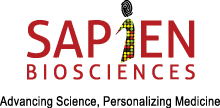





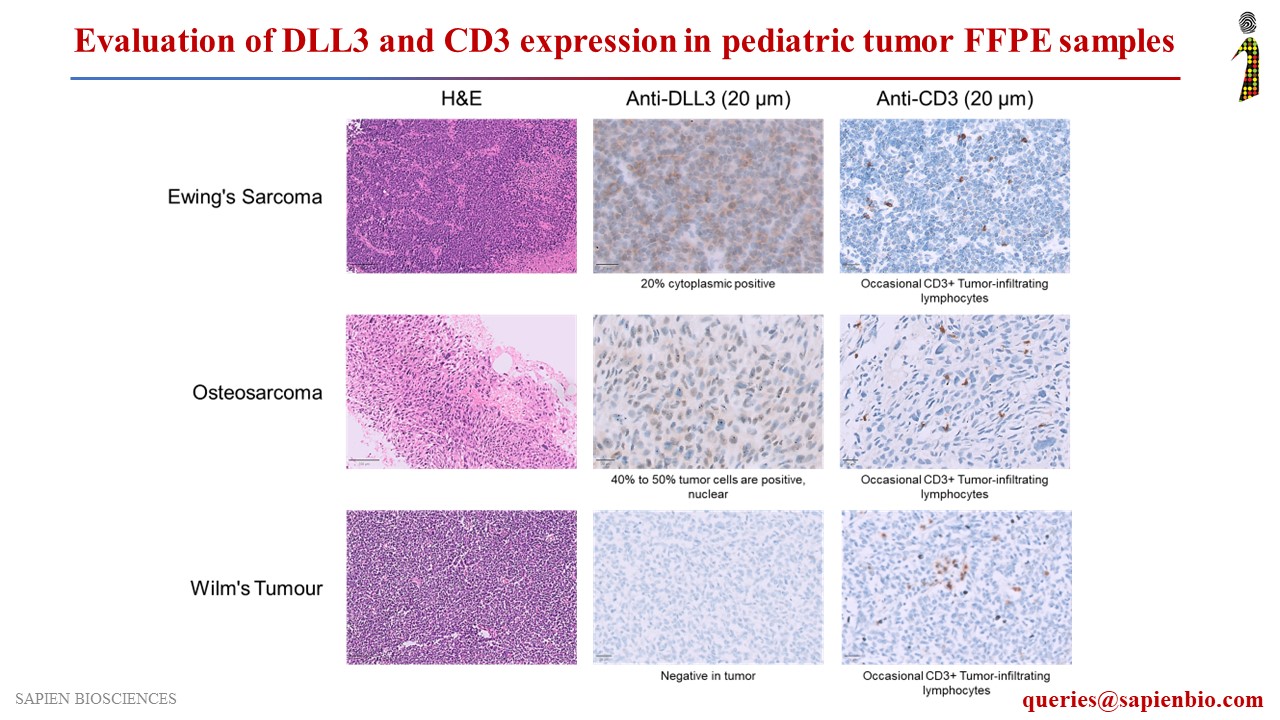
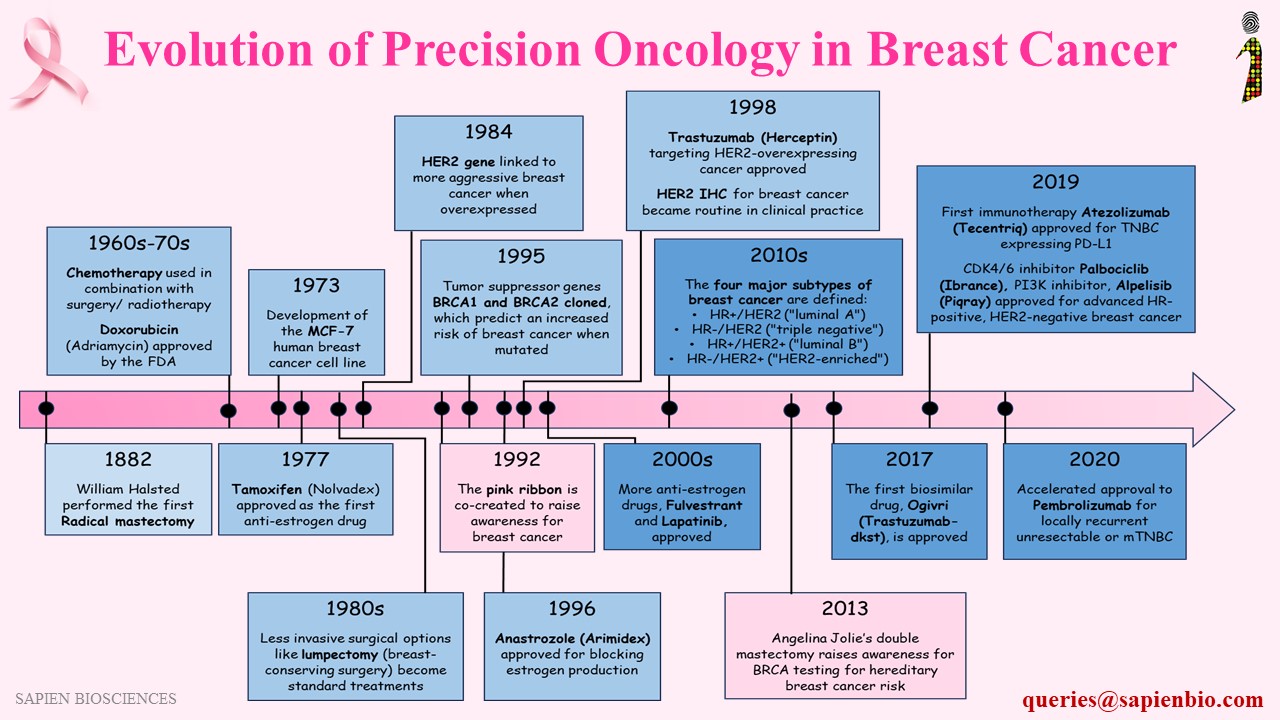
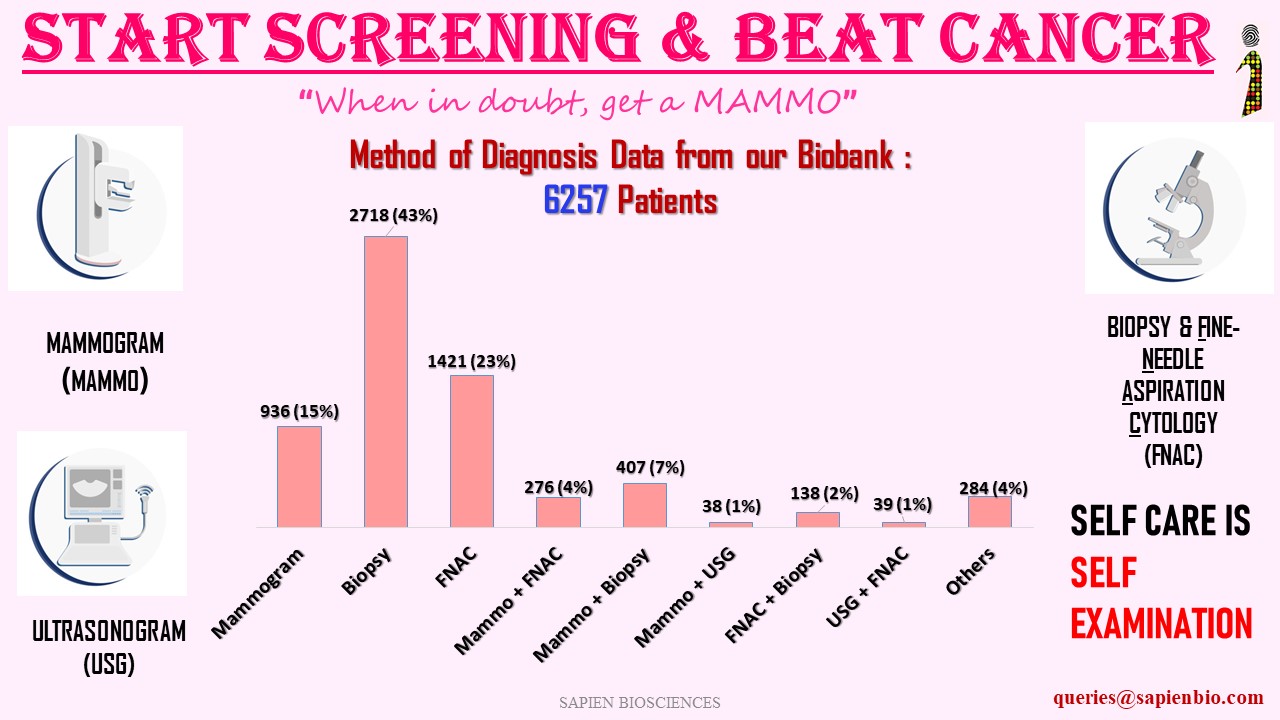
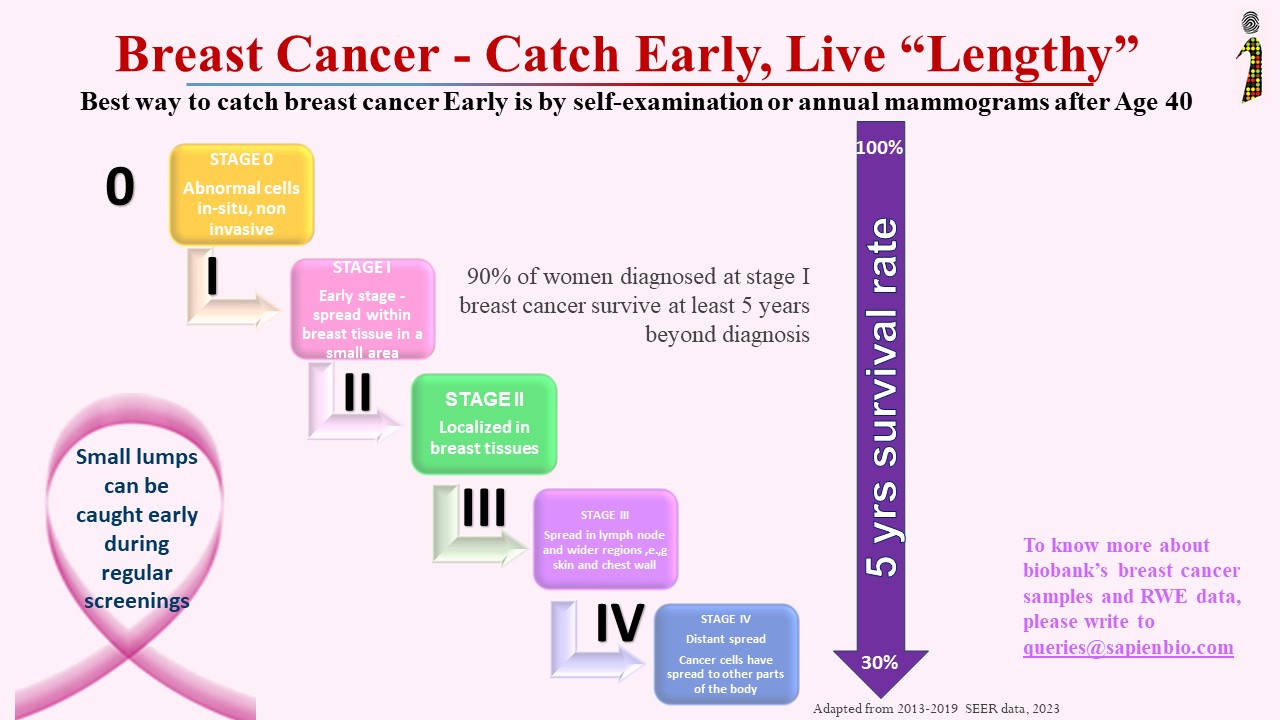
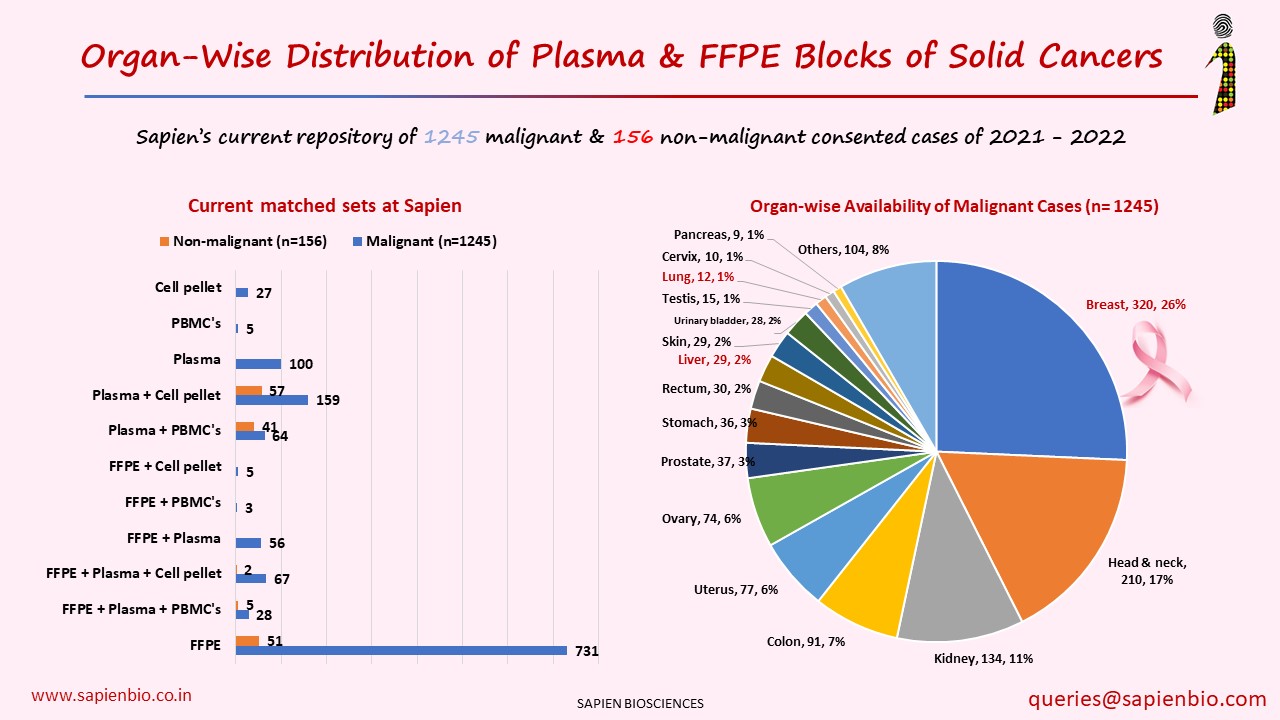
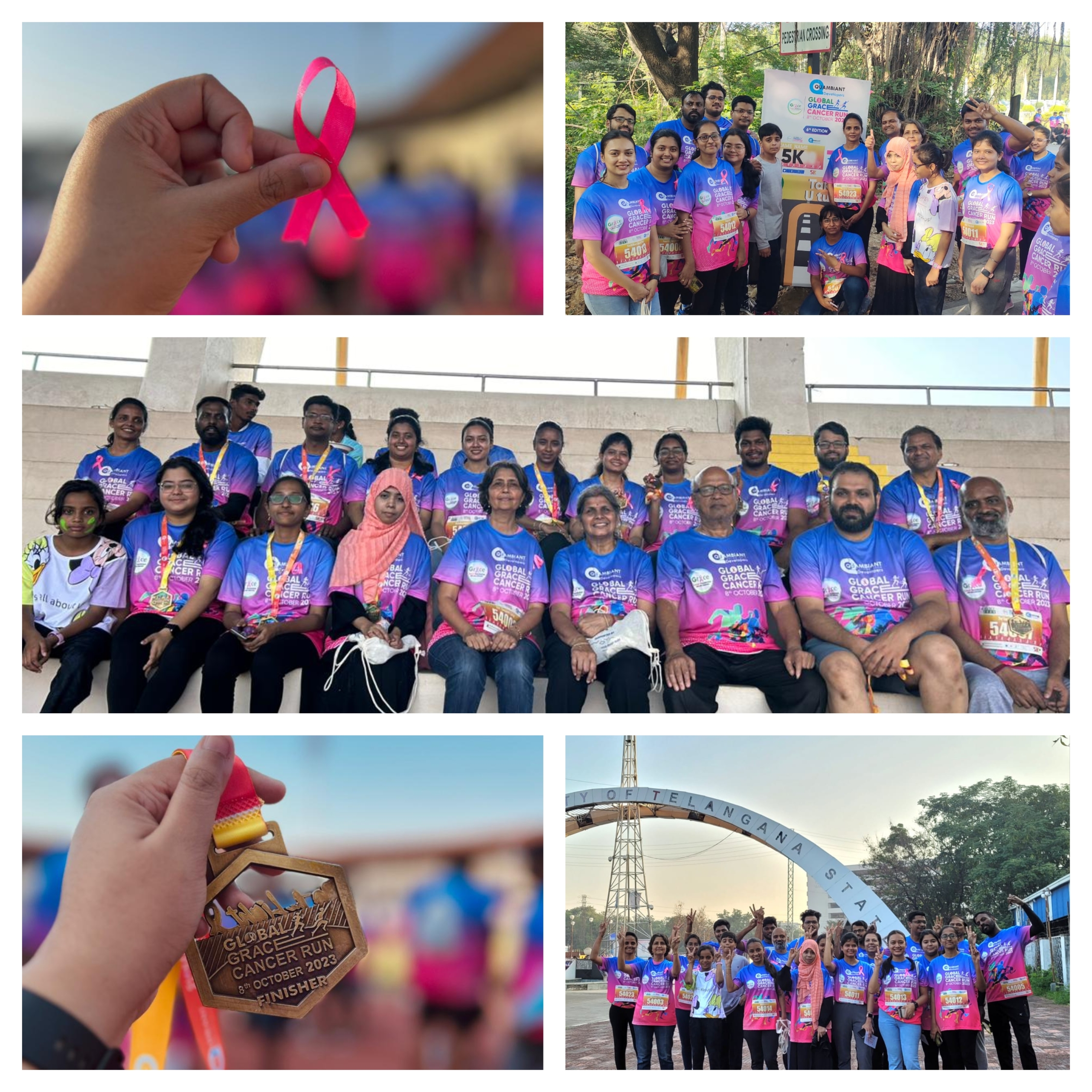
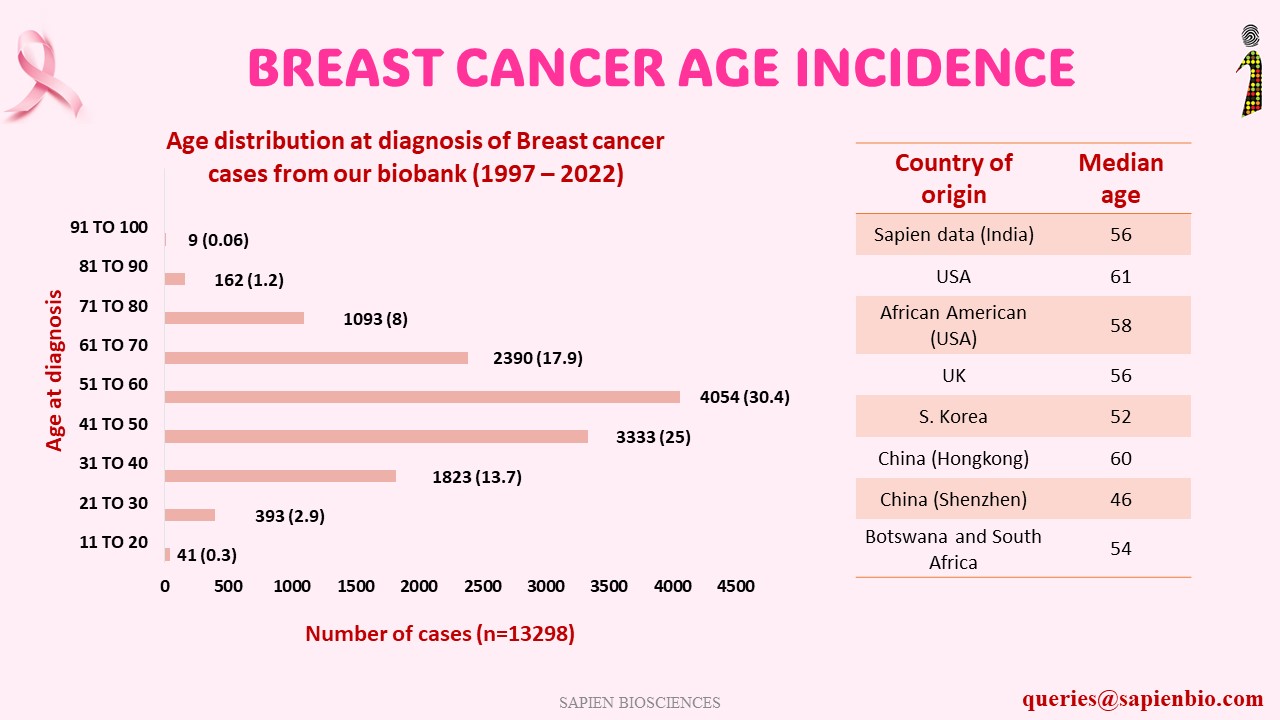

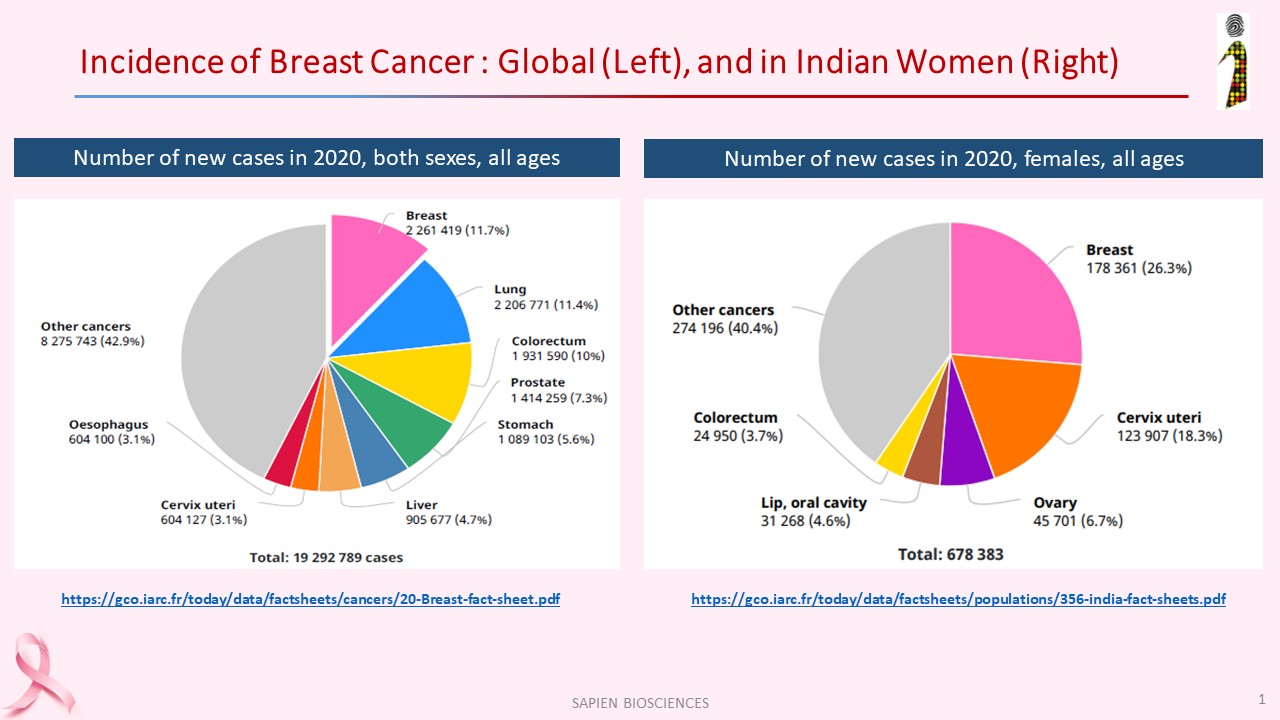
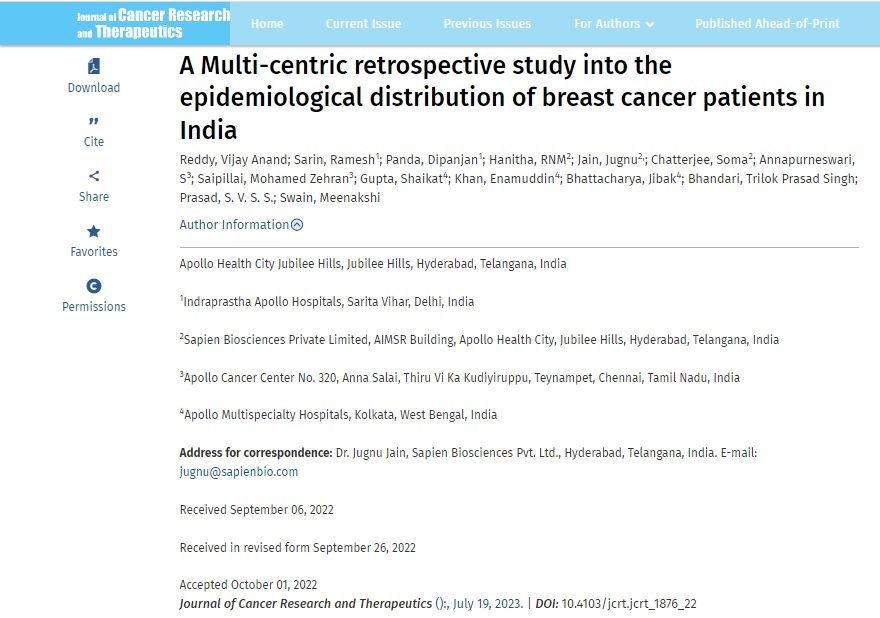

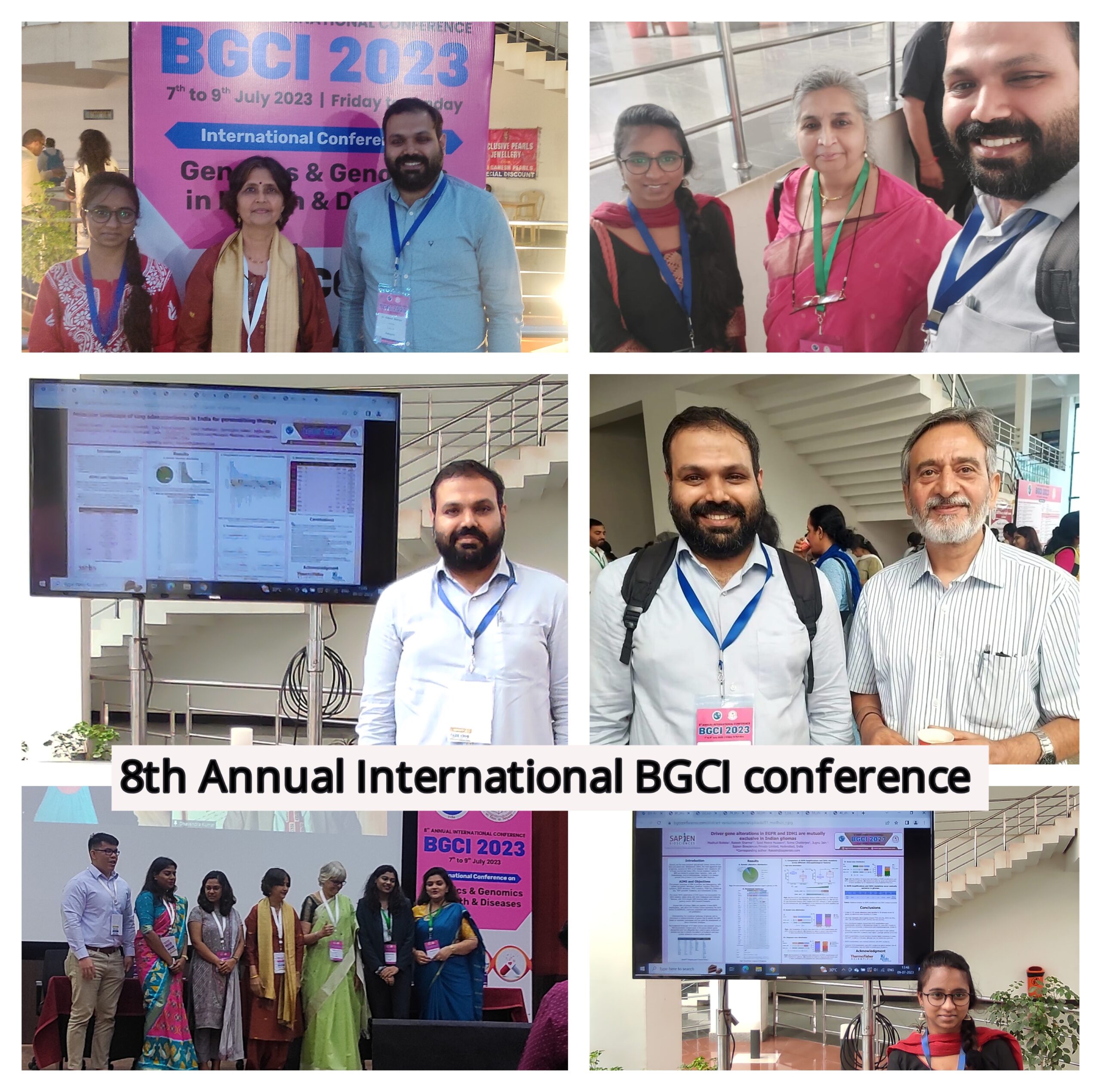

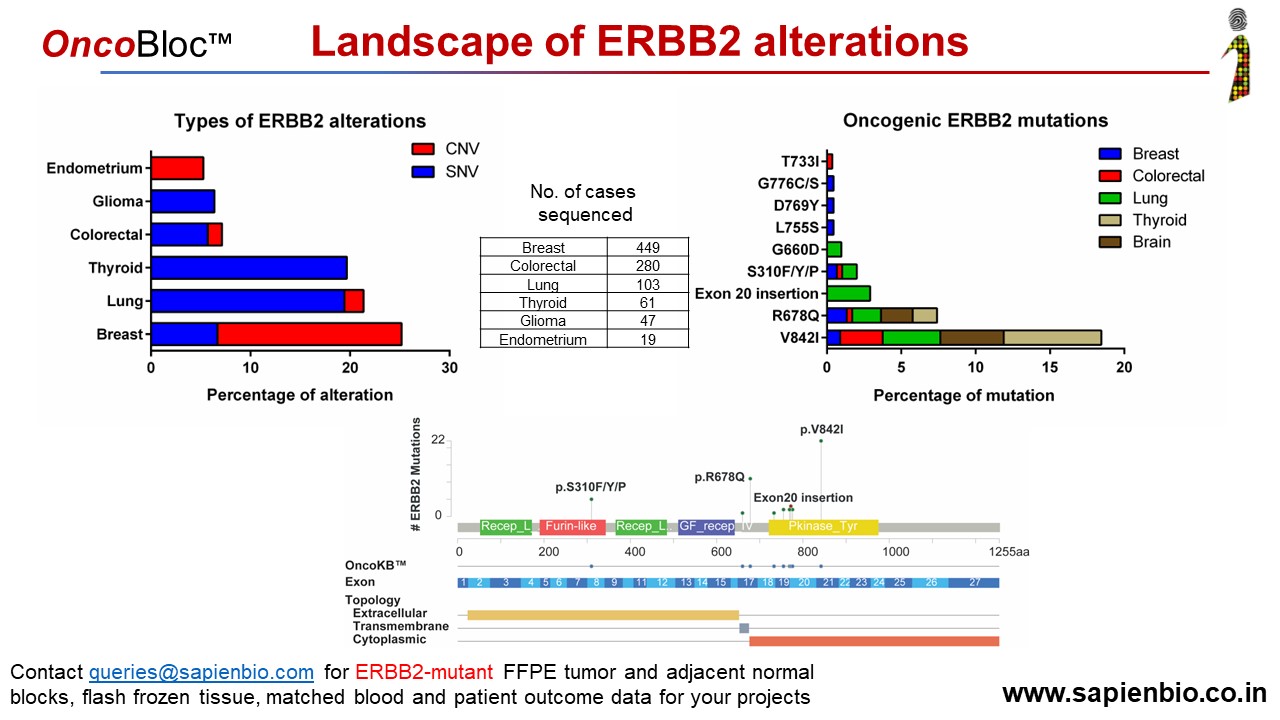
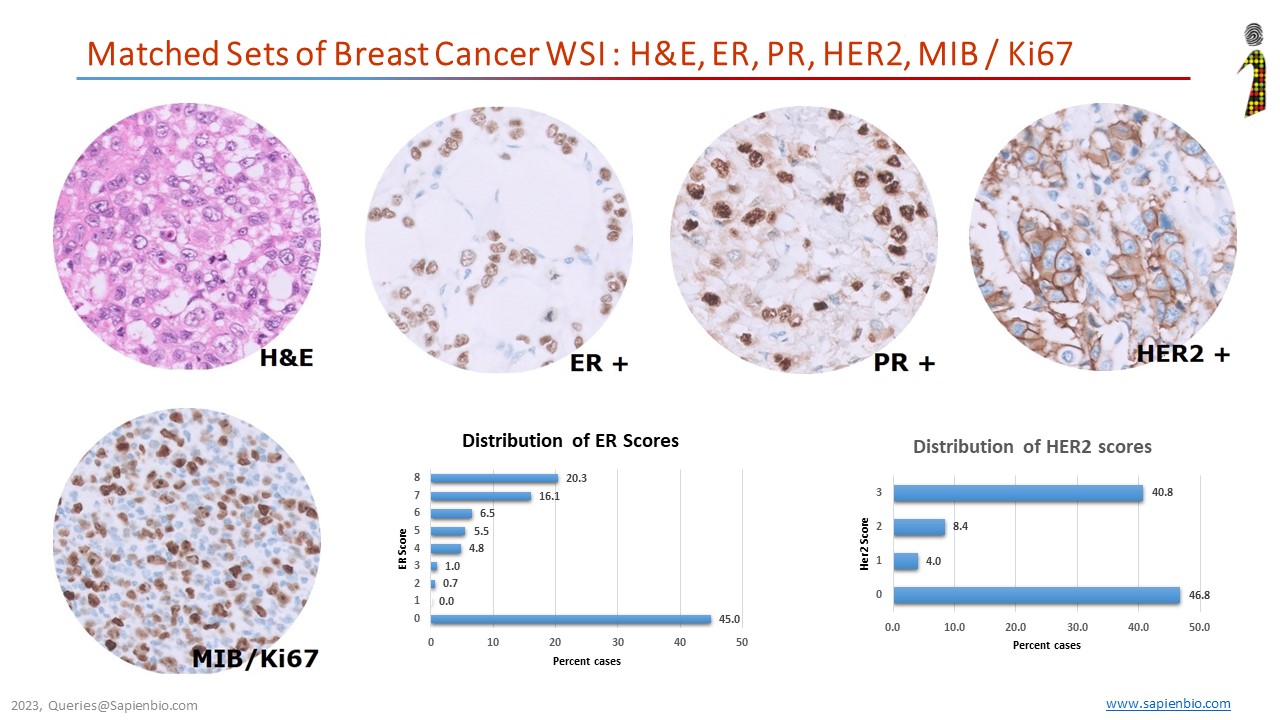
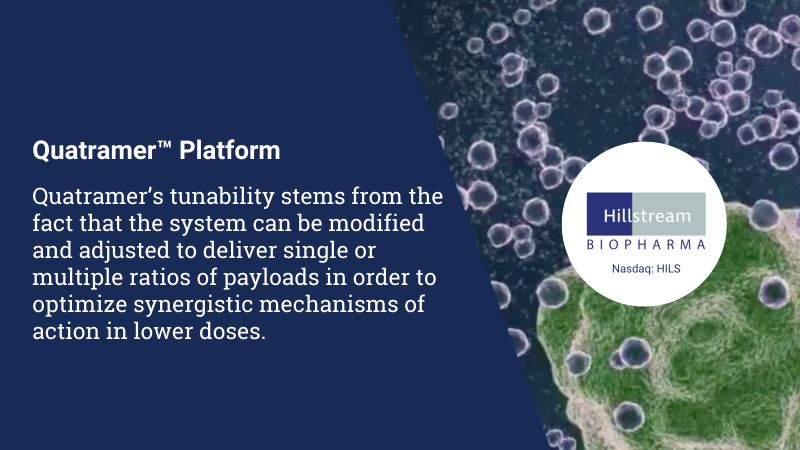
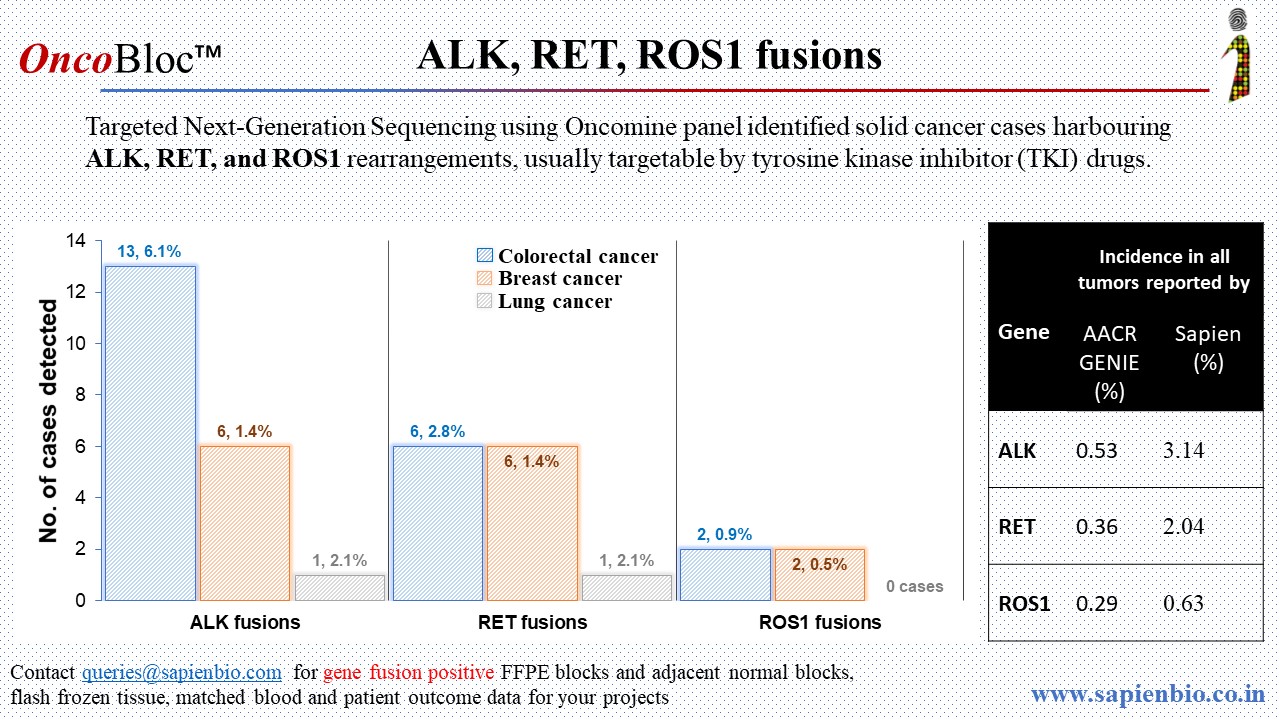
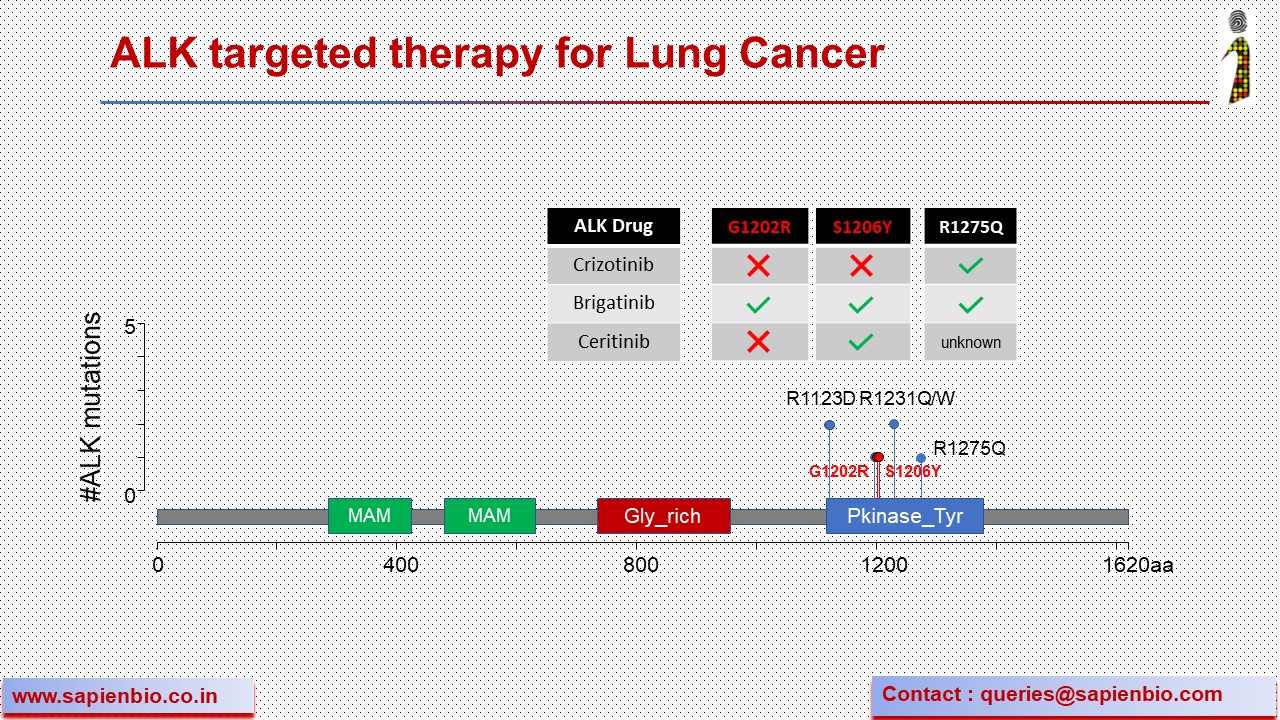
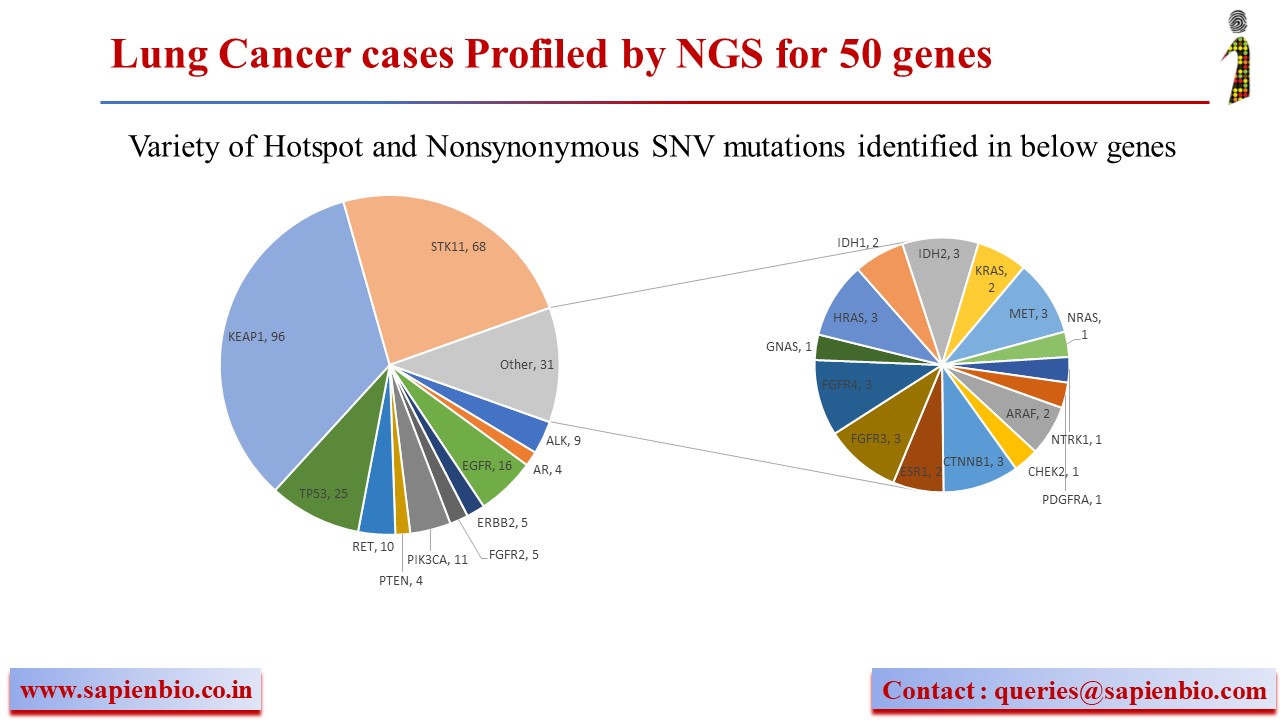
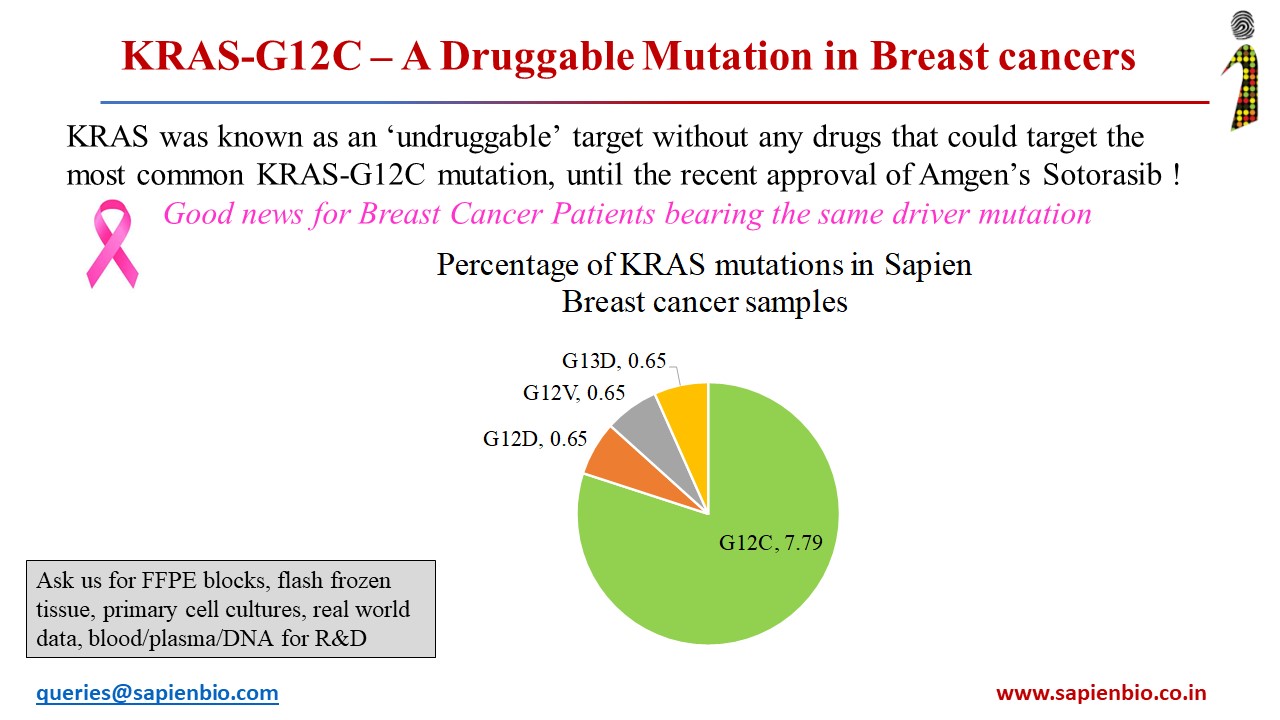
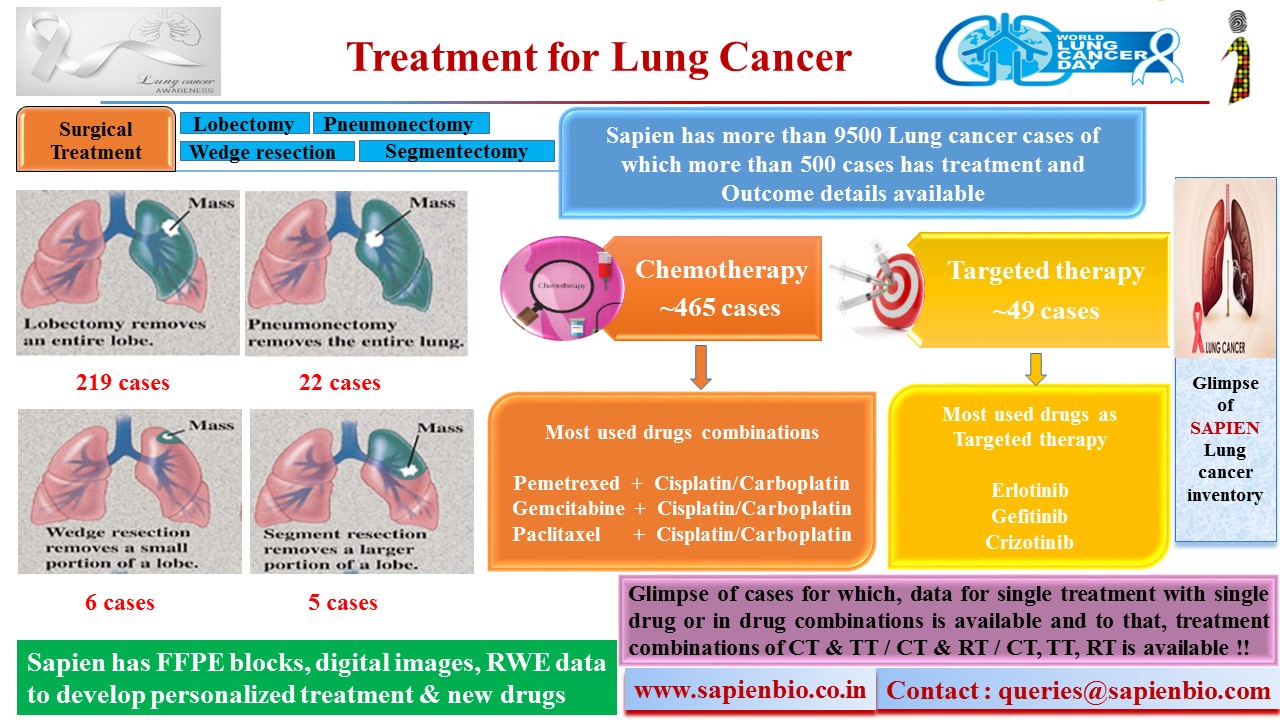
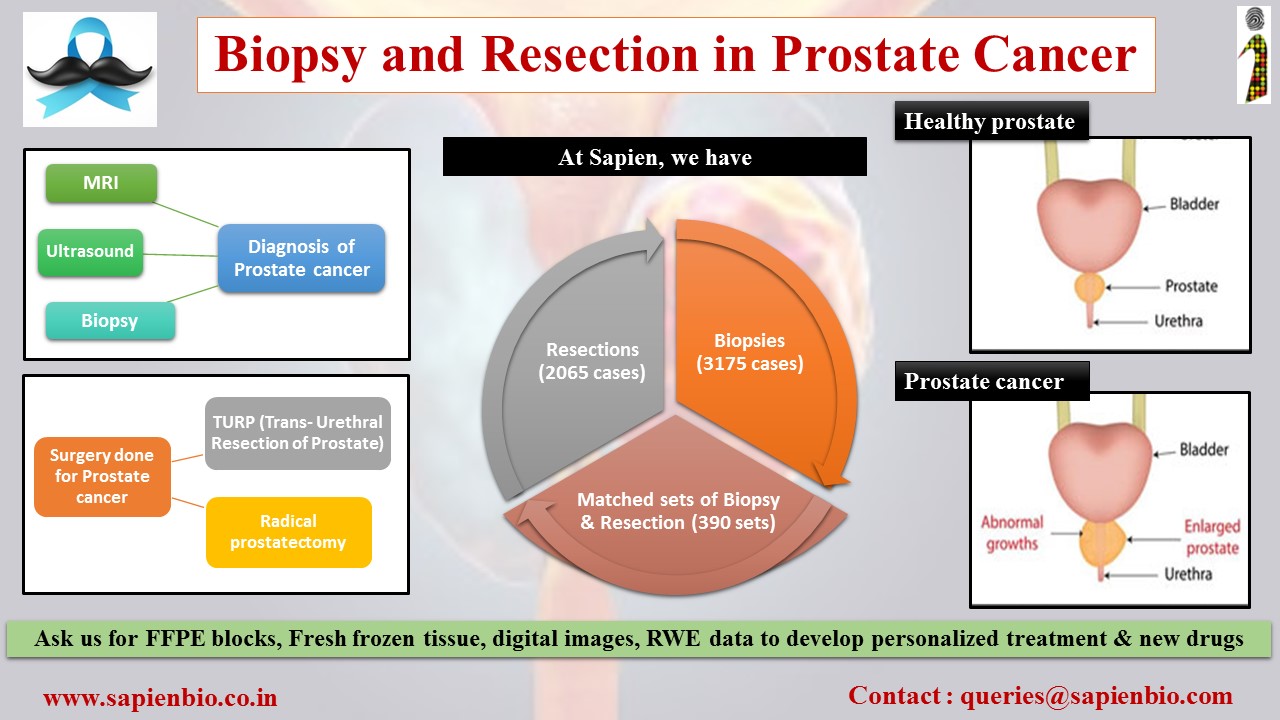

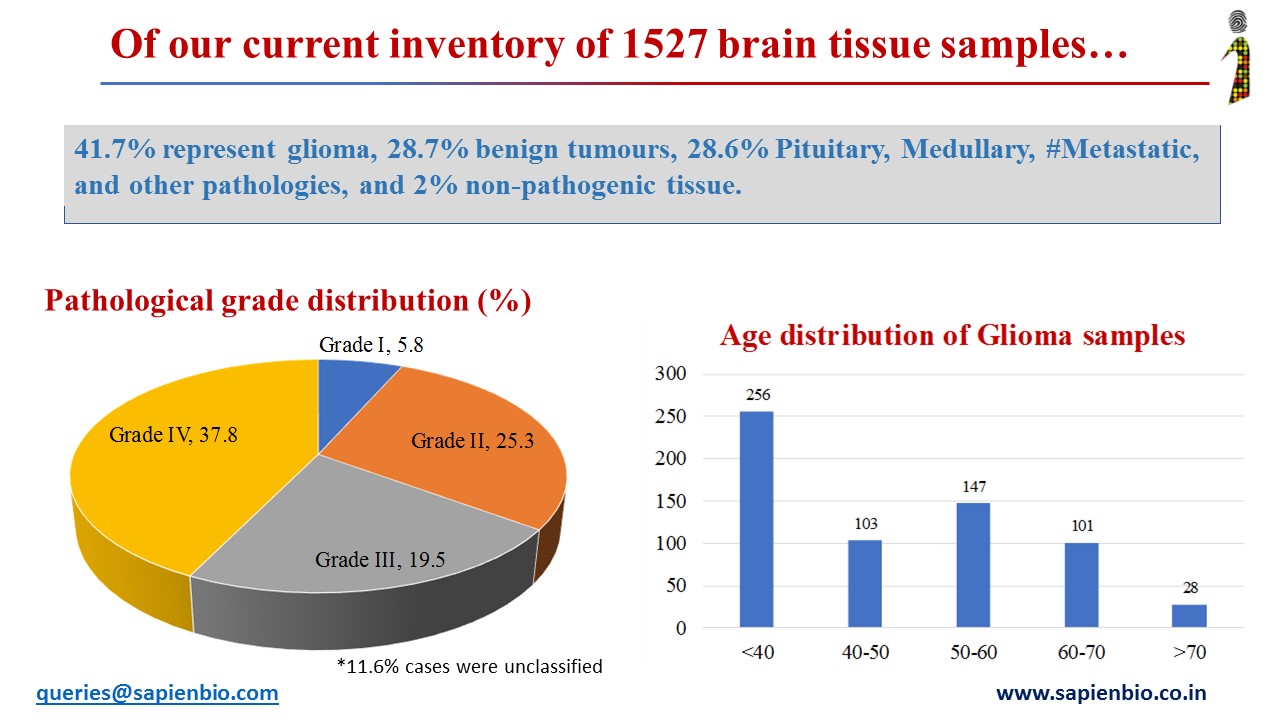
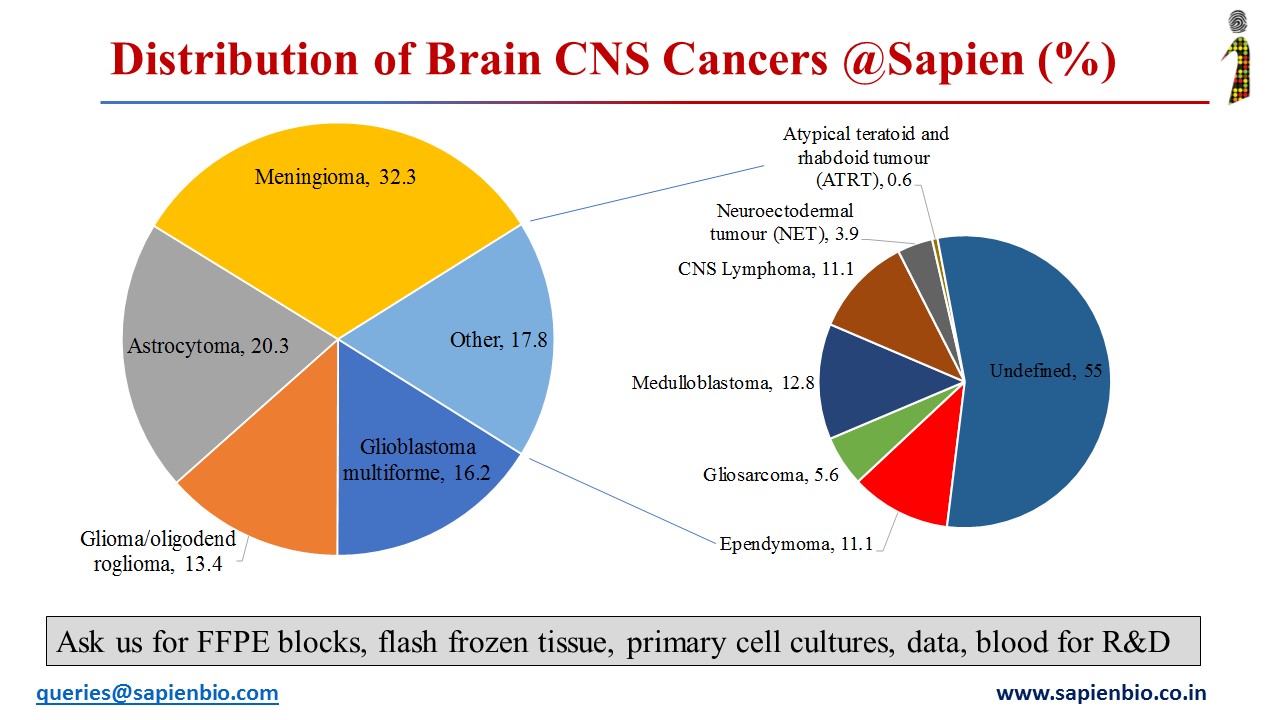
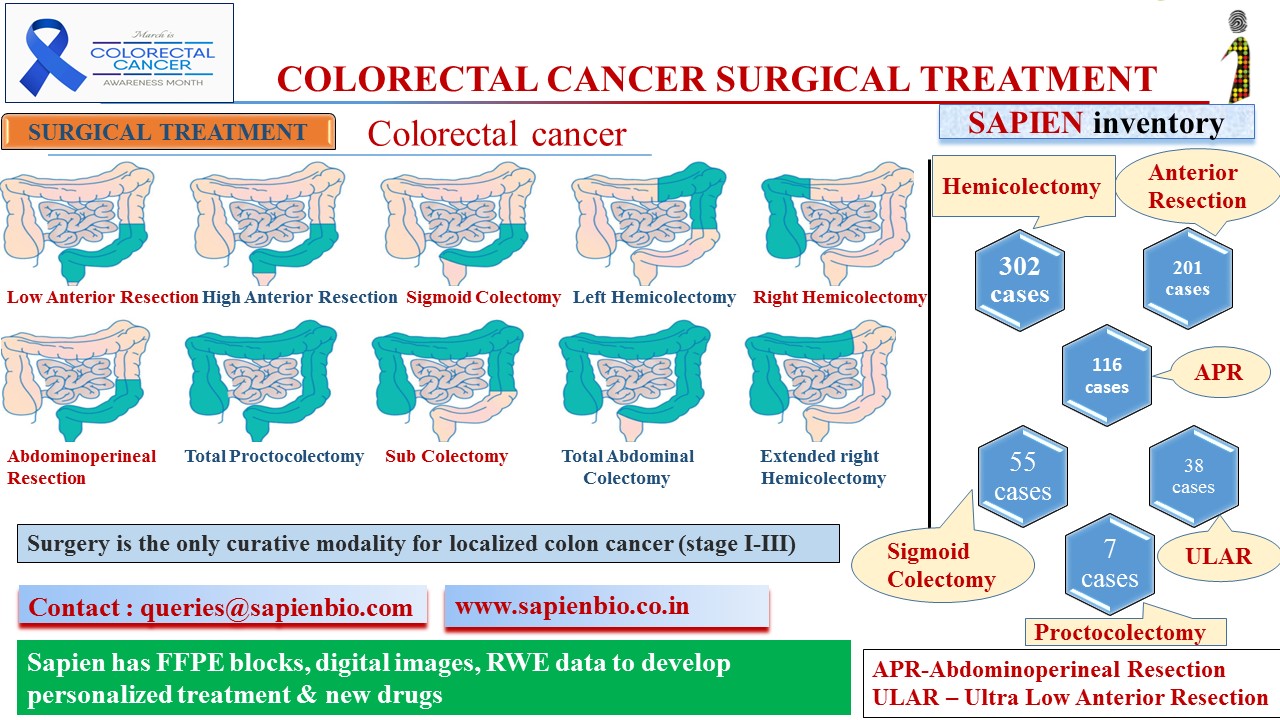

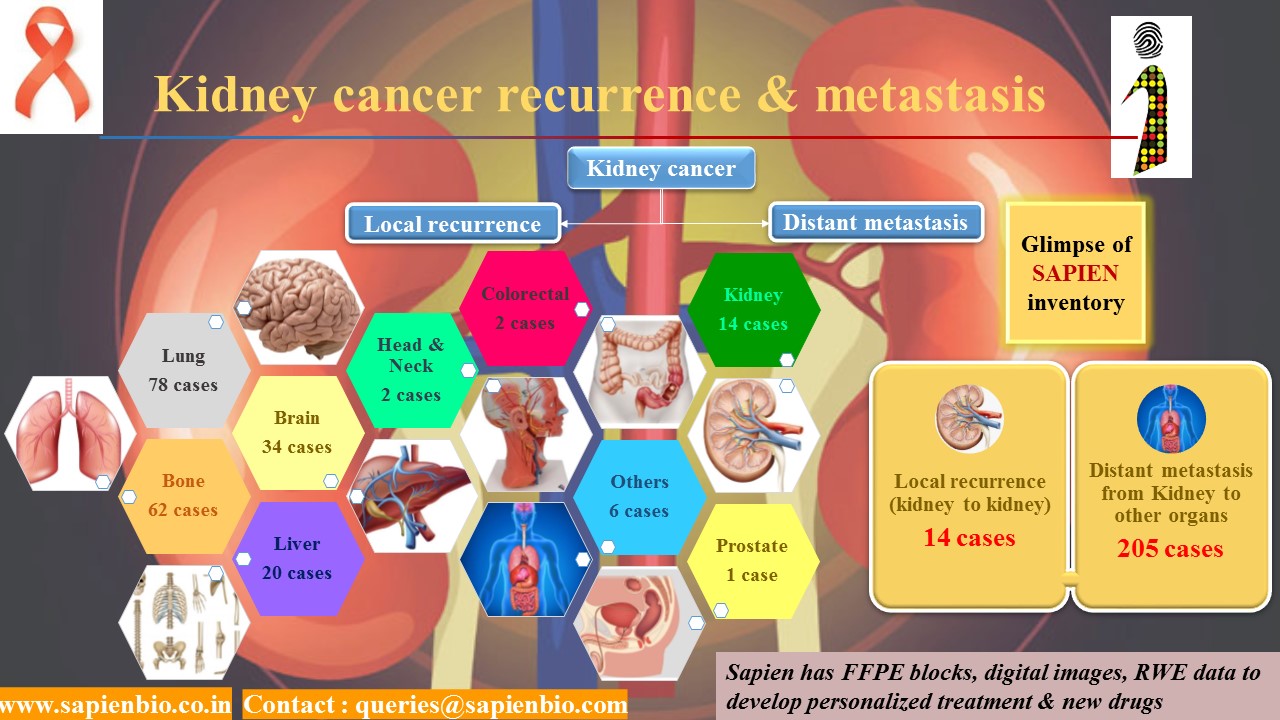
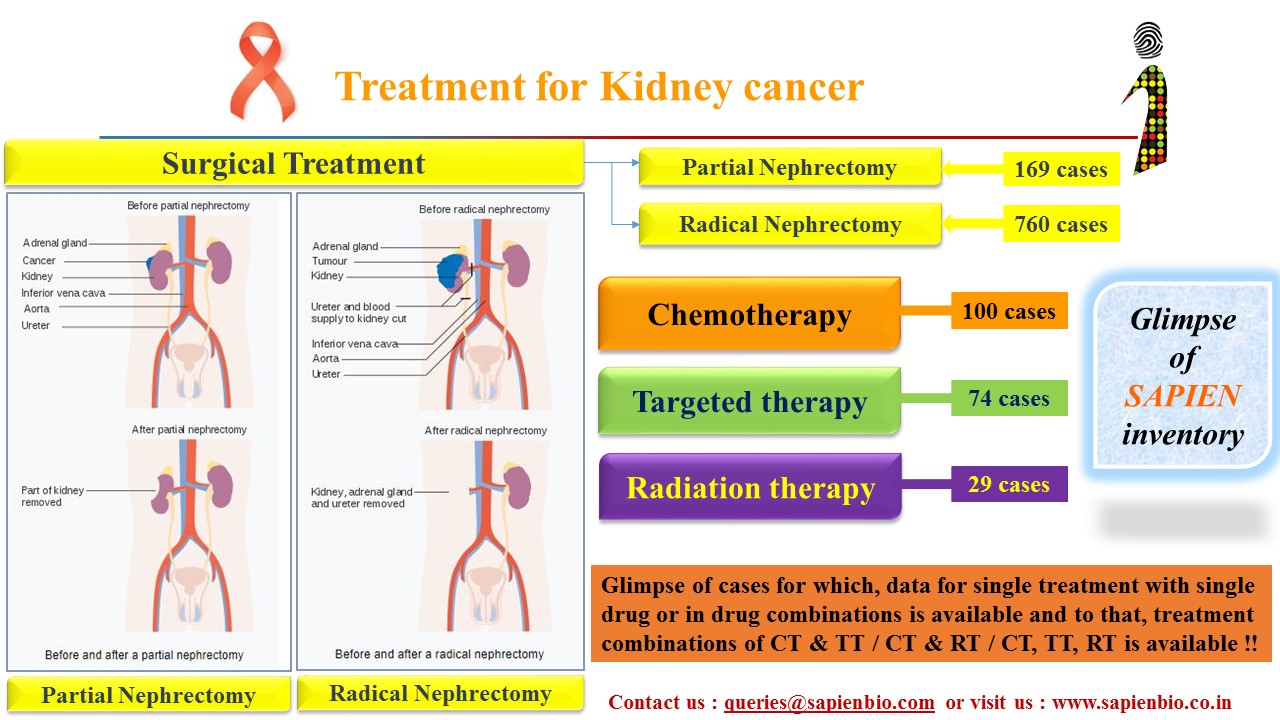
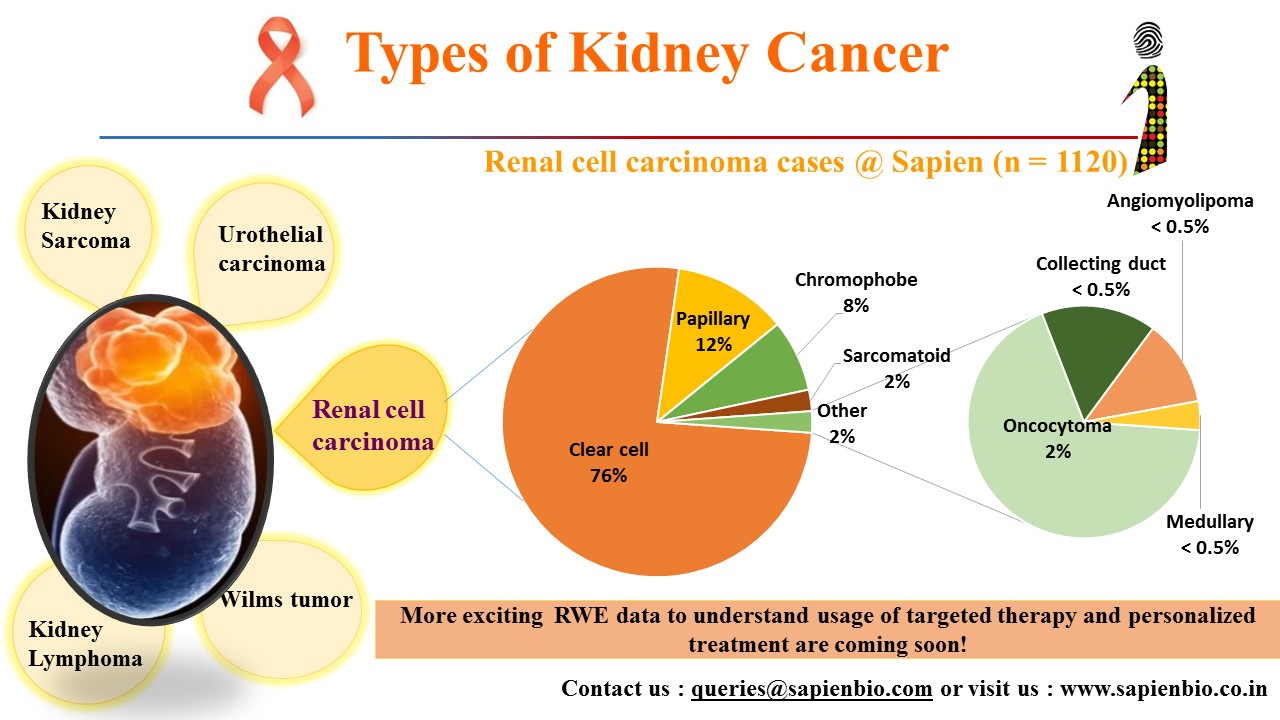
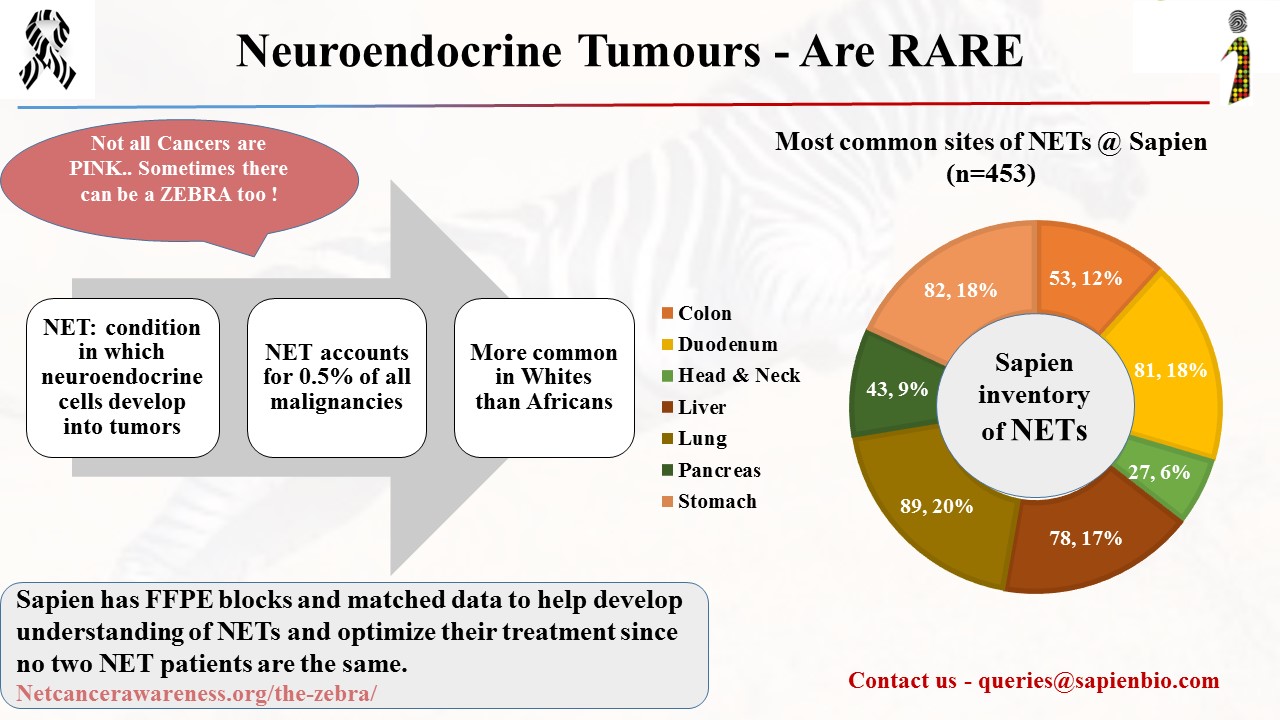
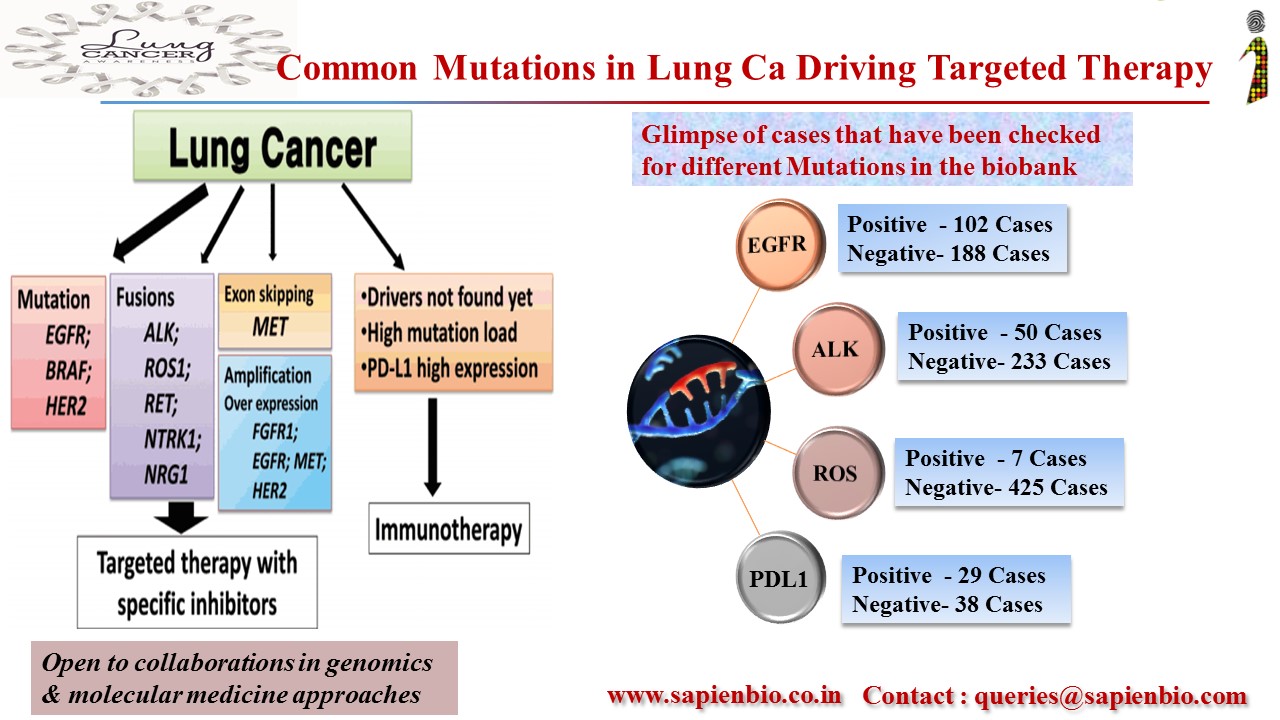

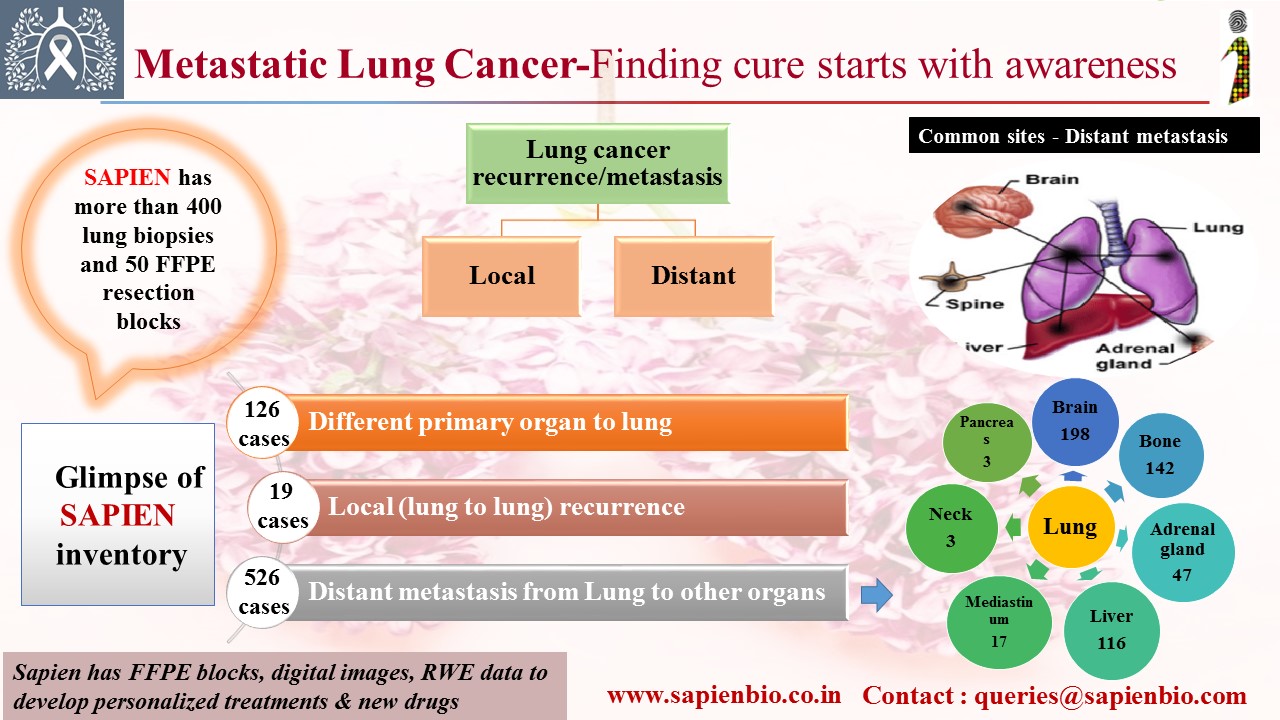
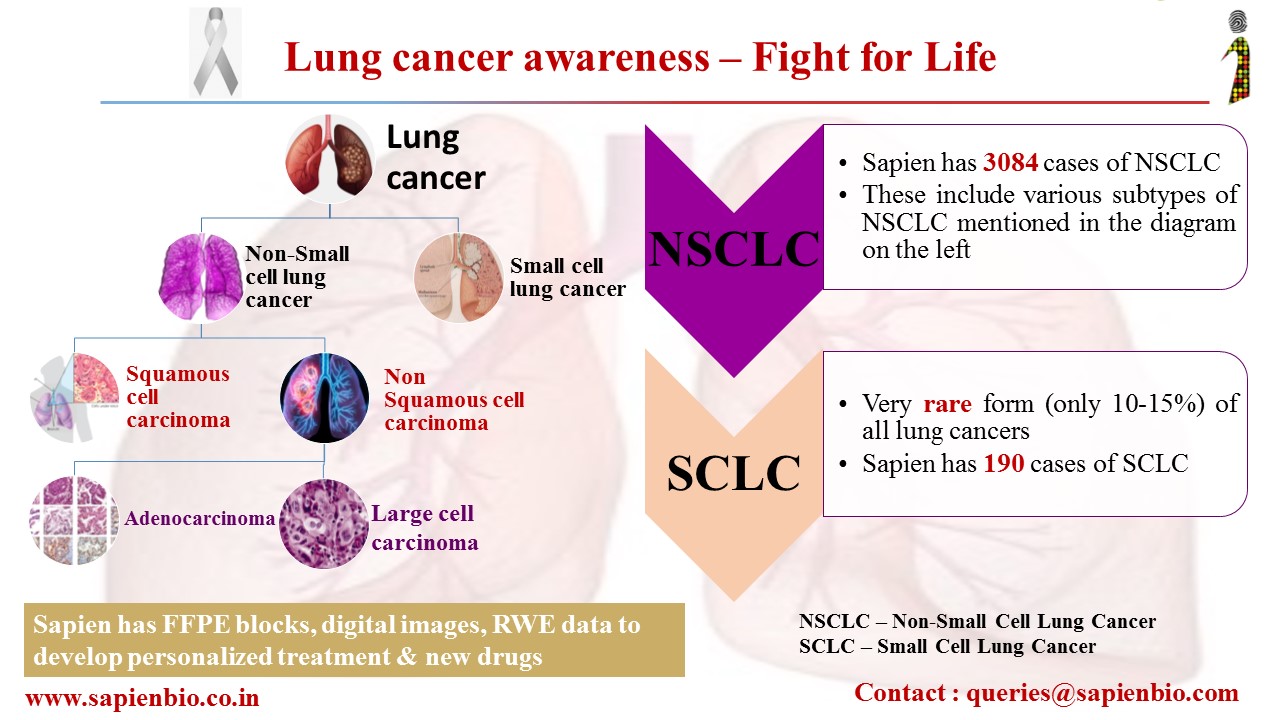

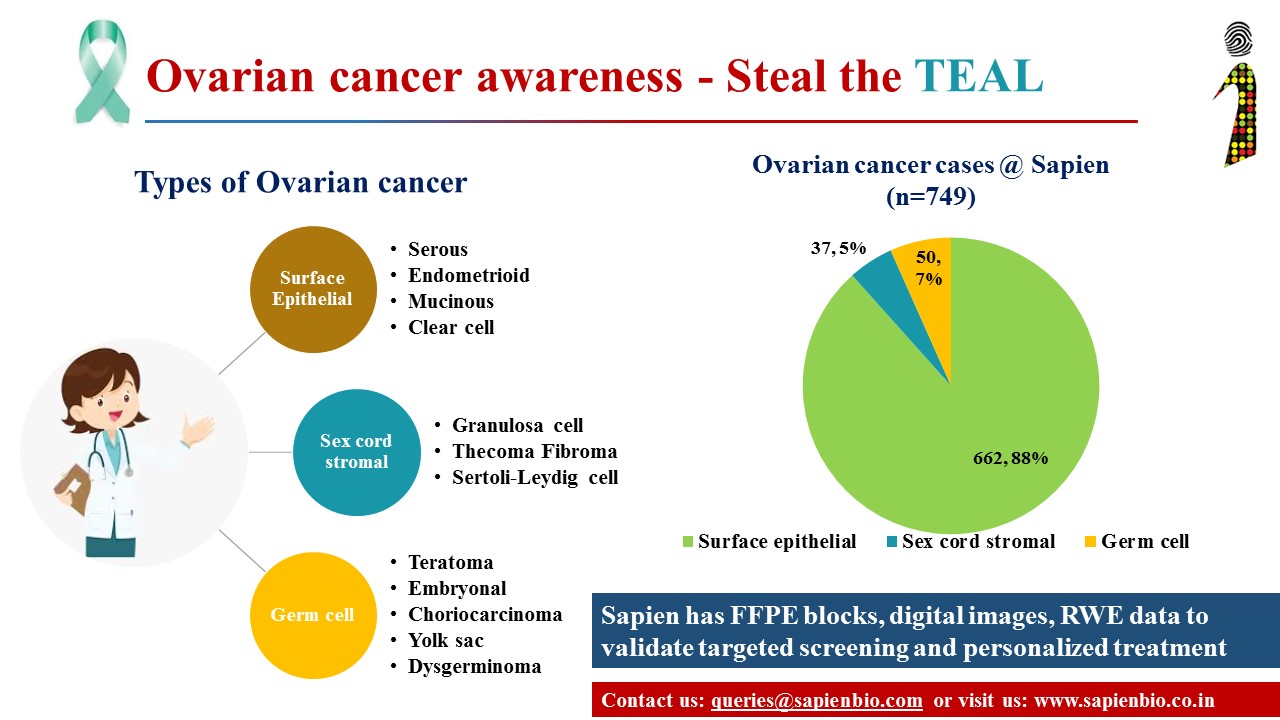

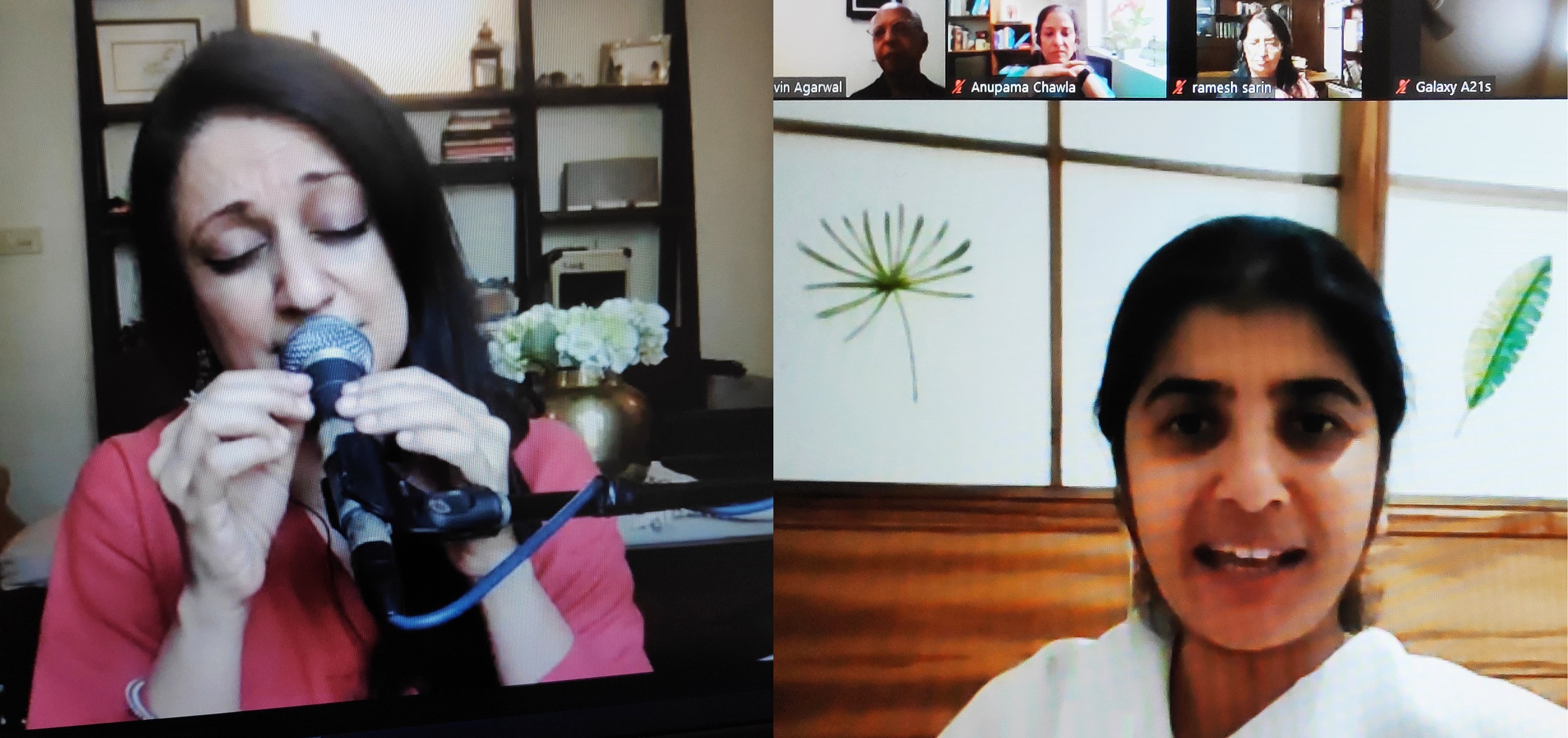
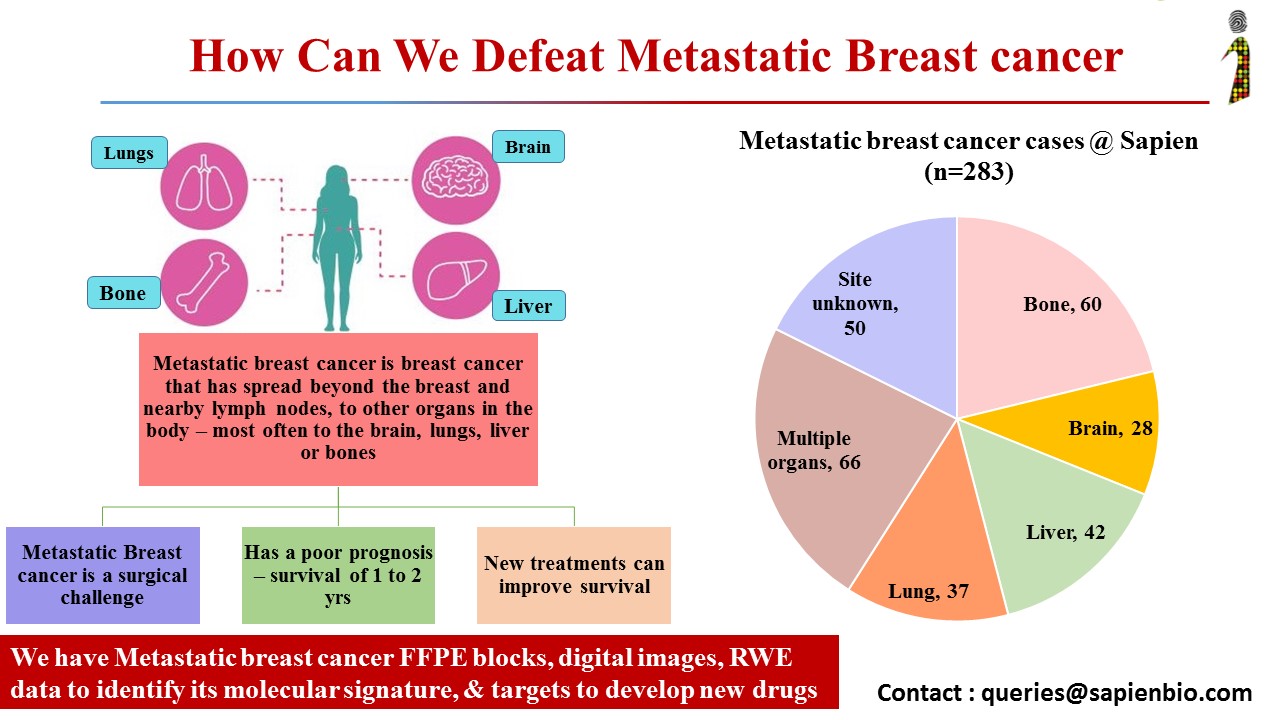
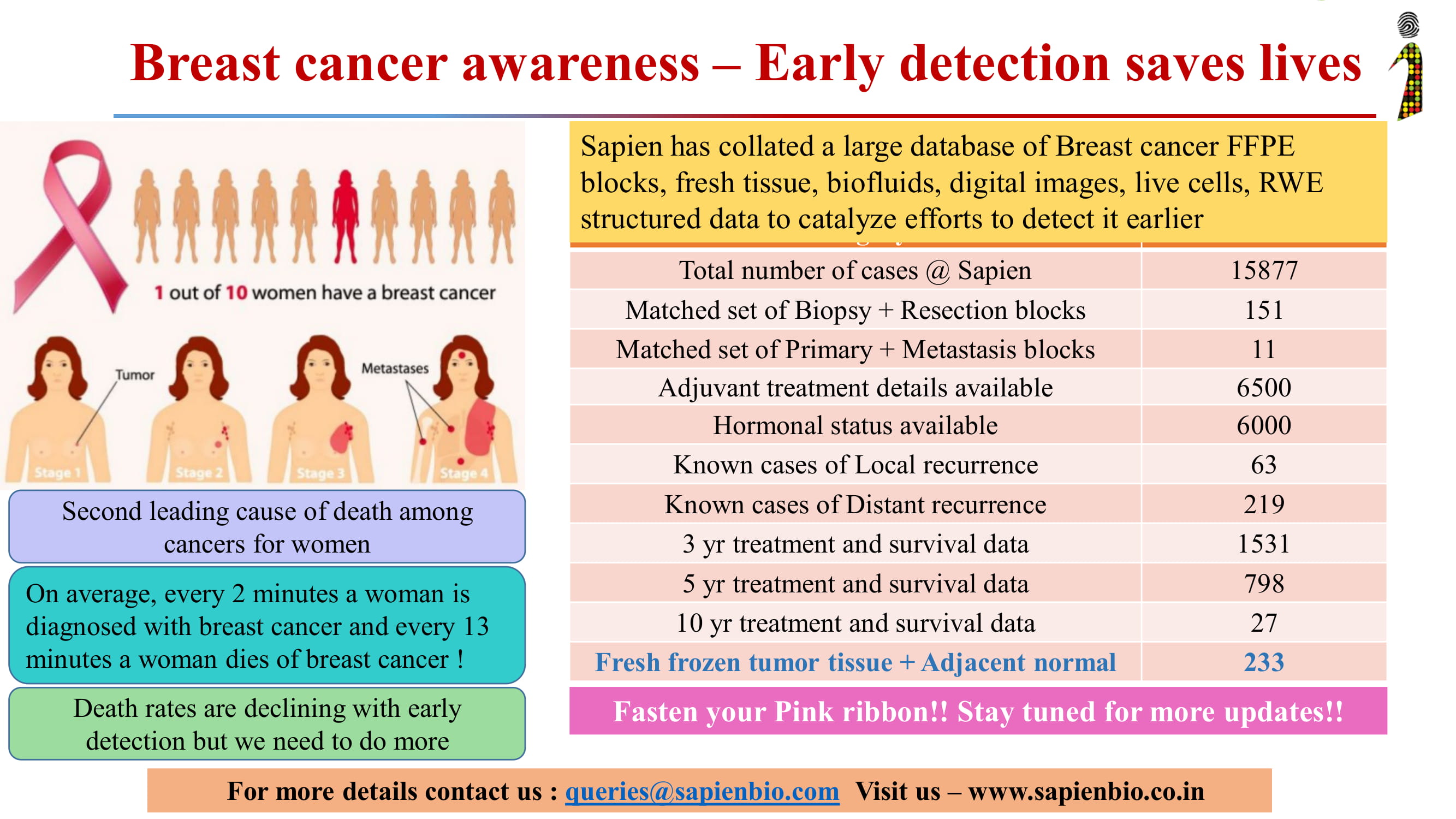
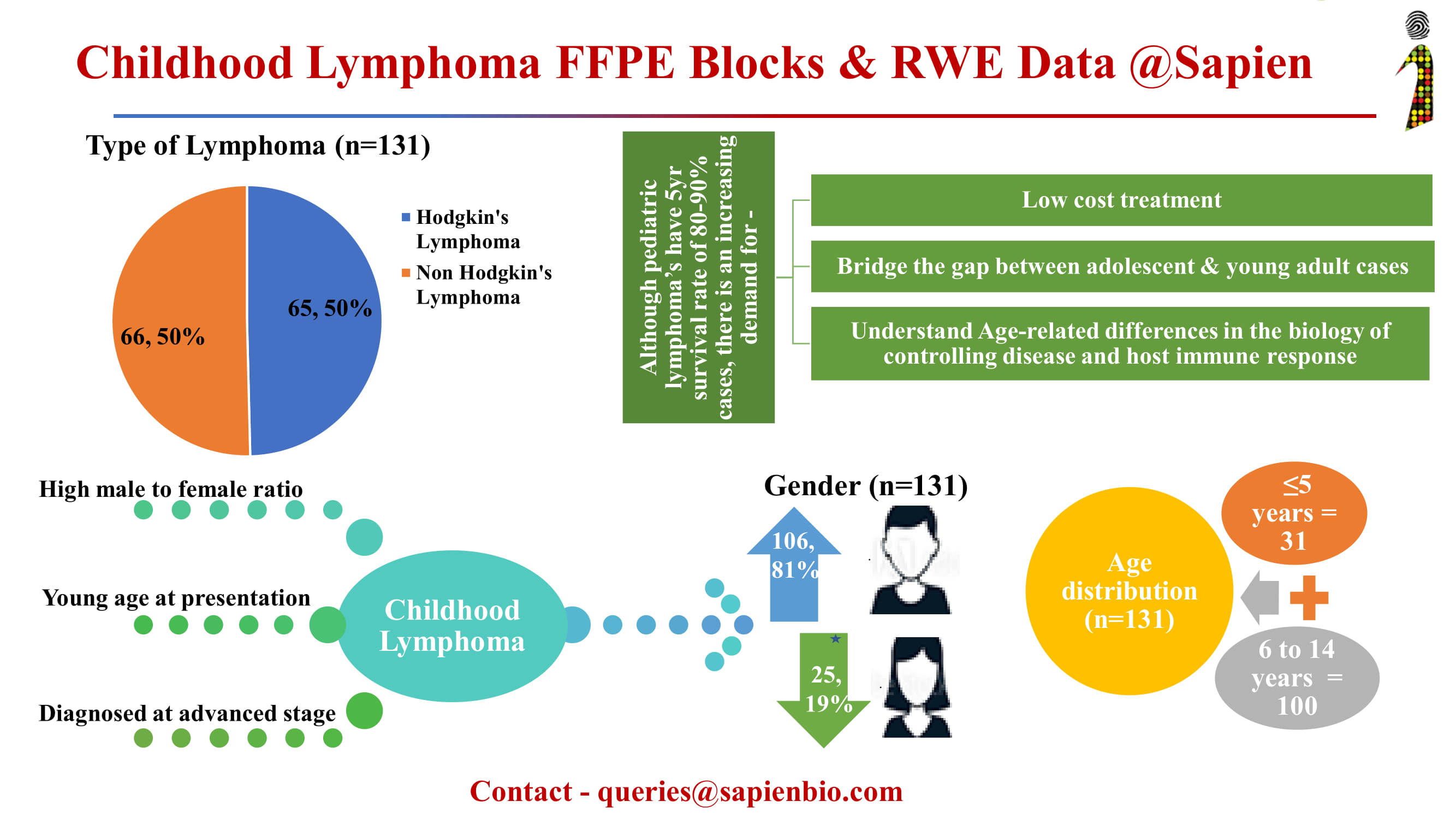
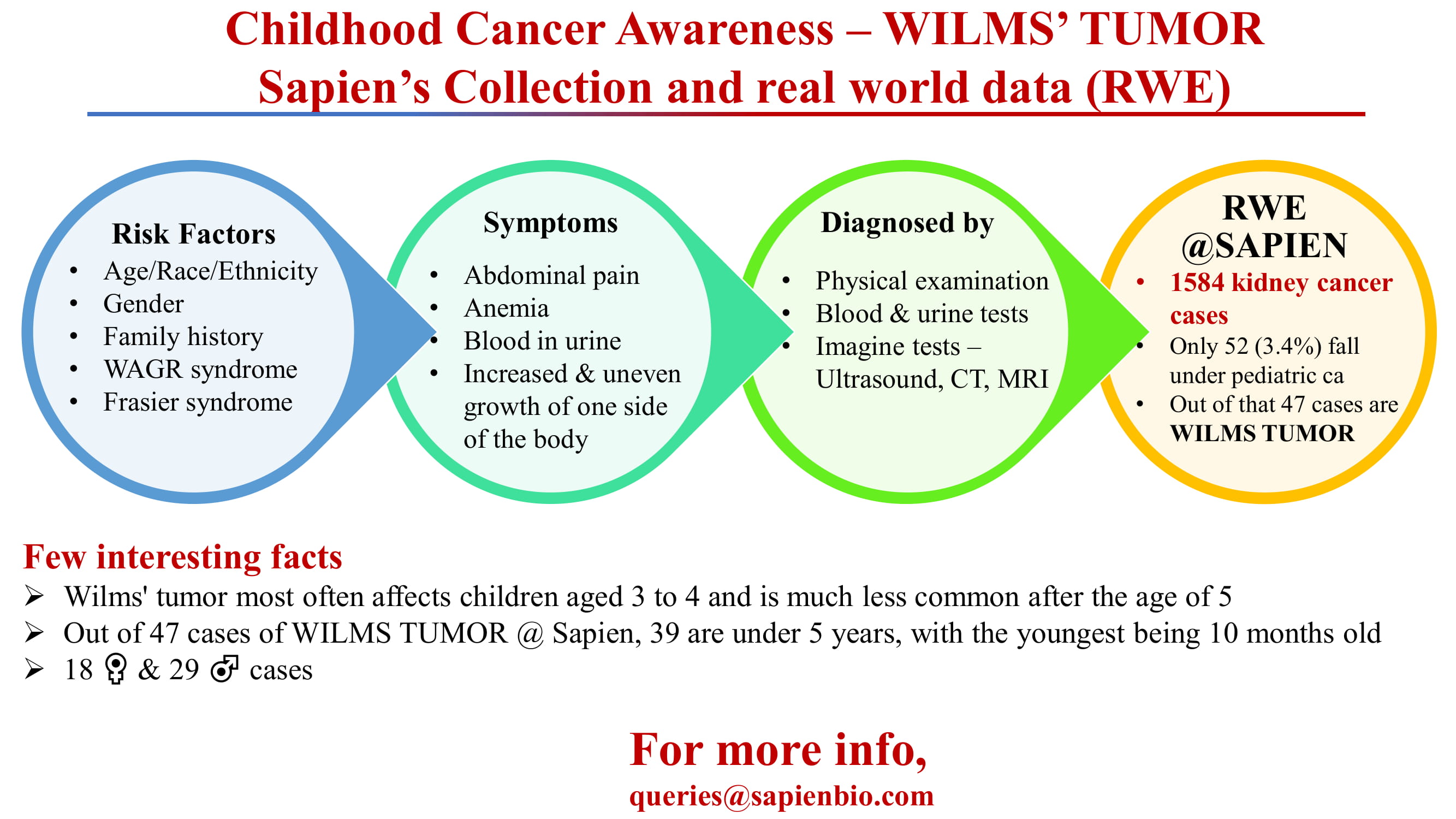
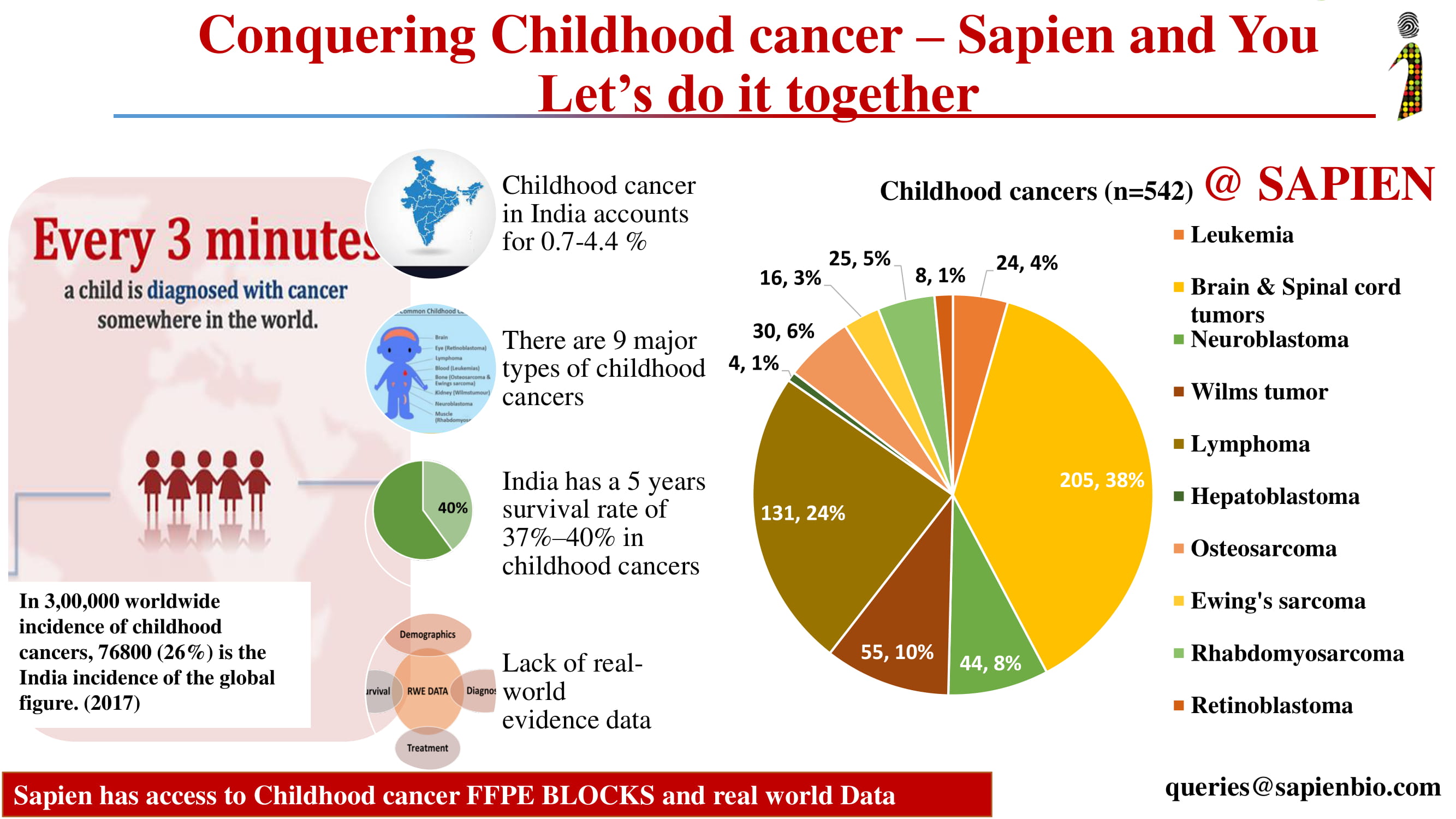
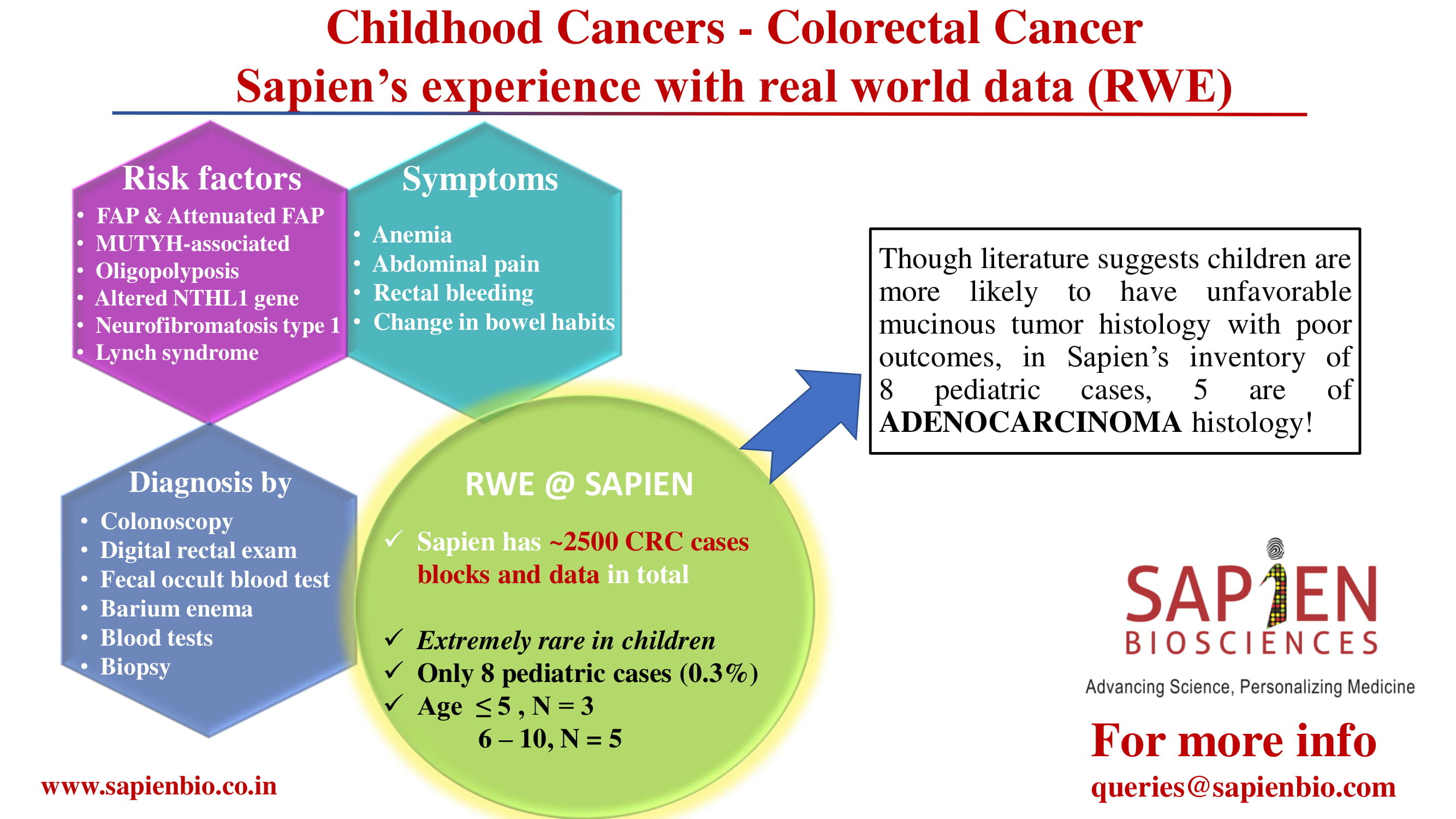
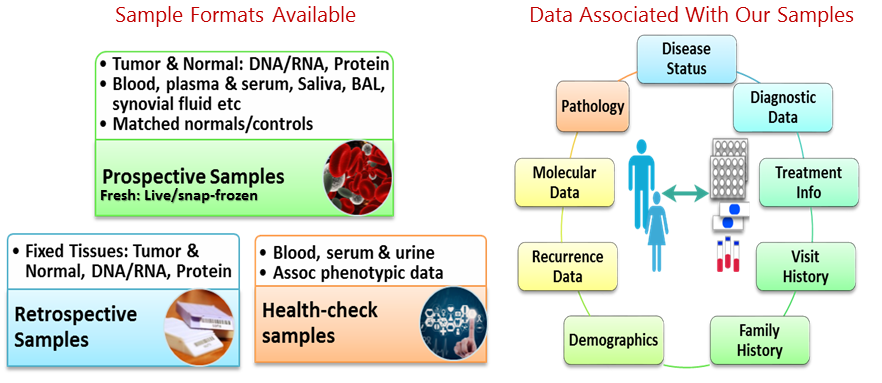
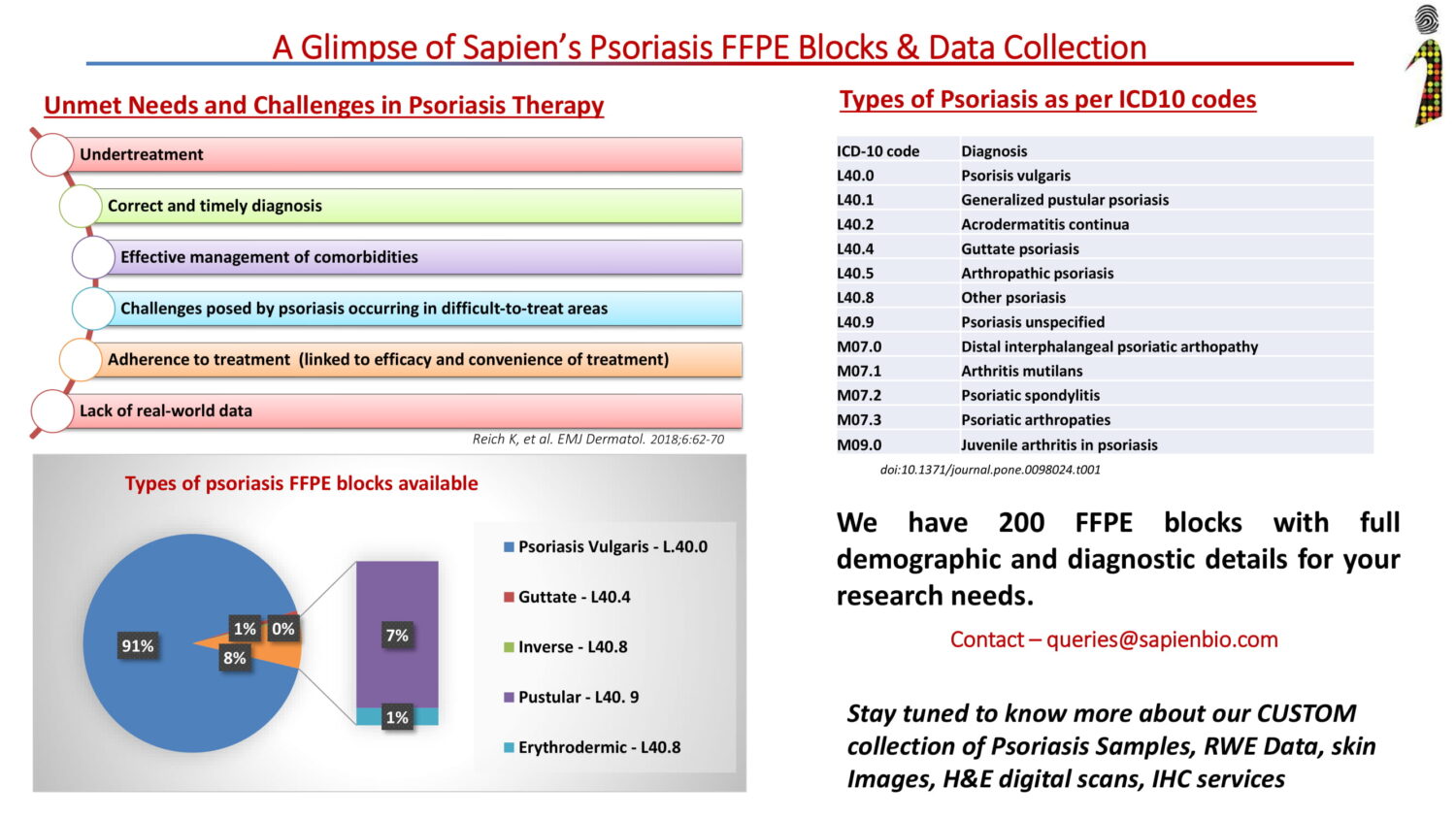
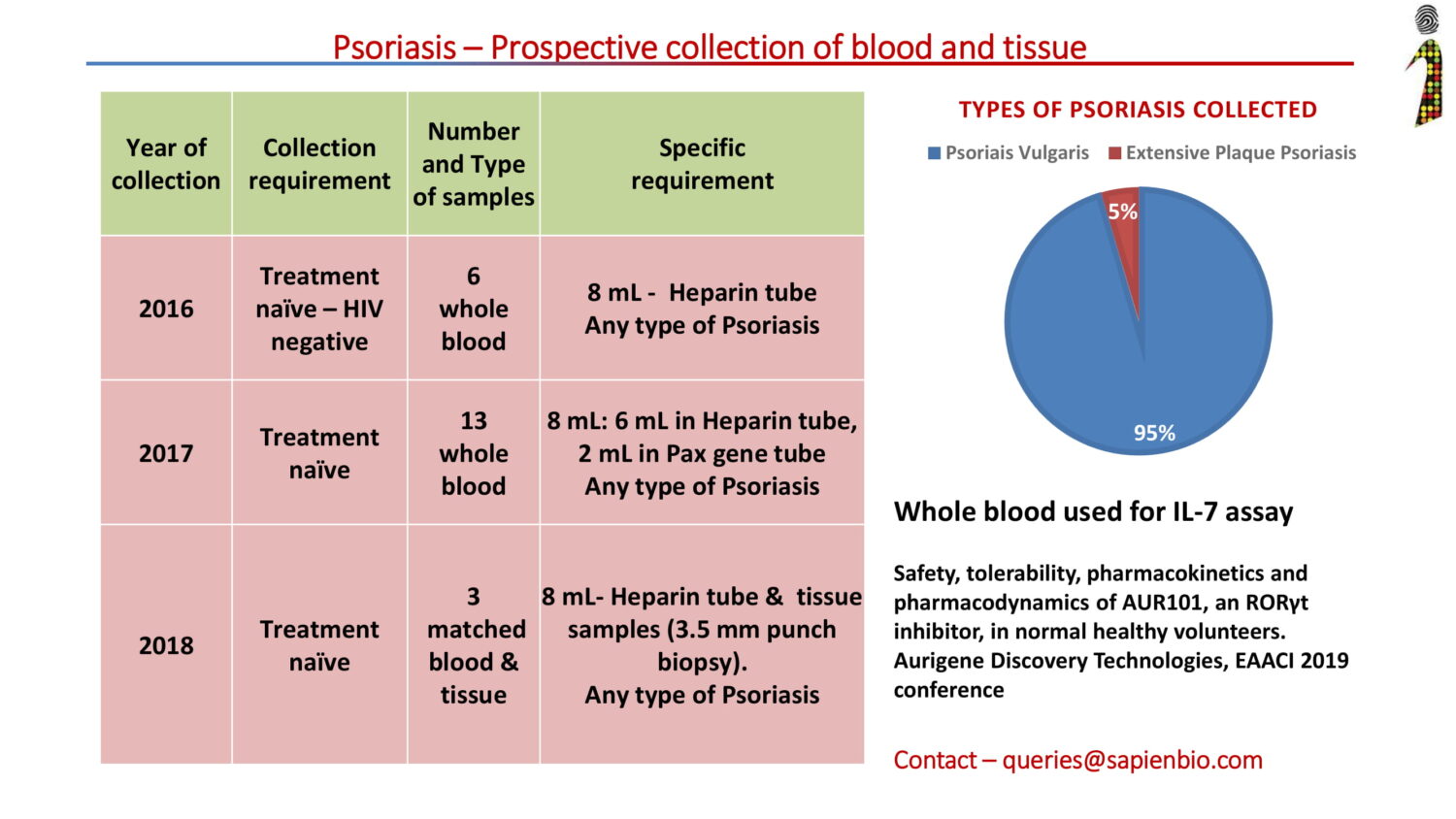
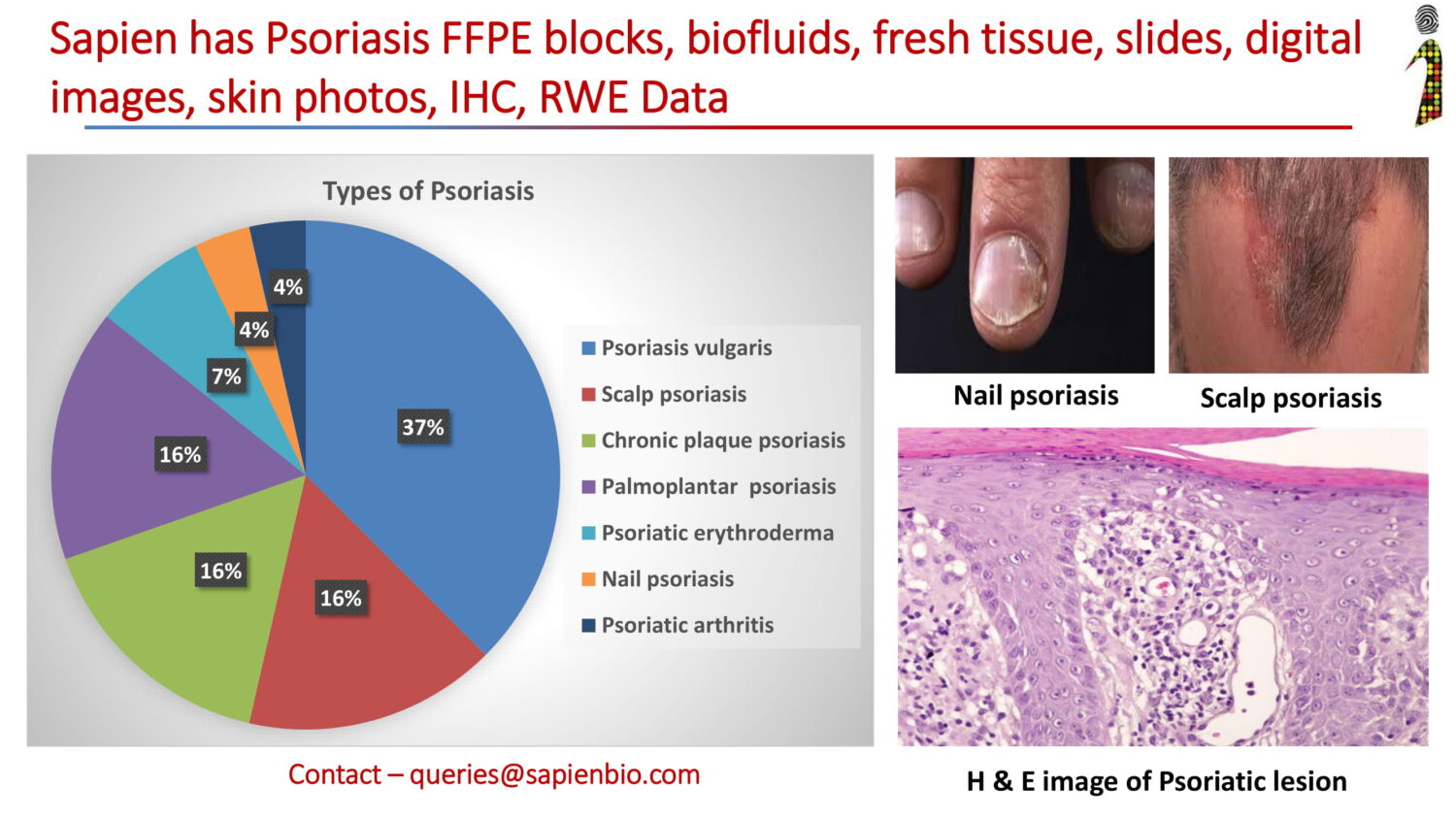
Recent Comments